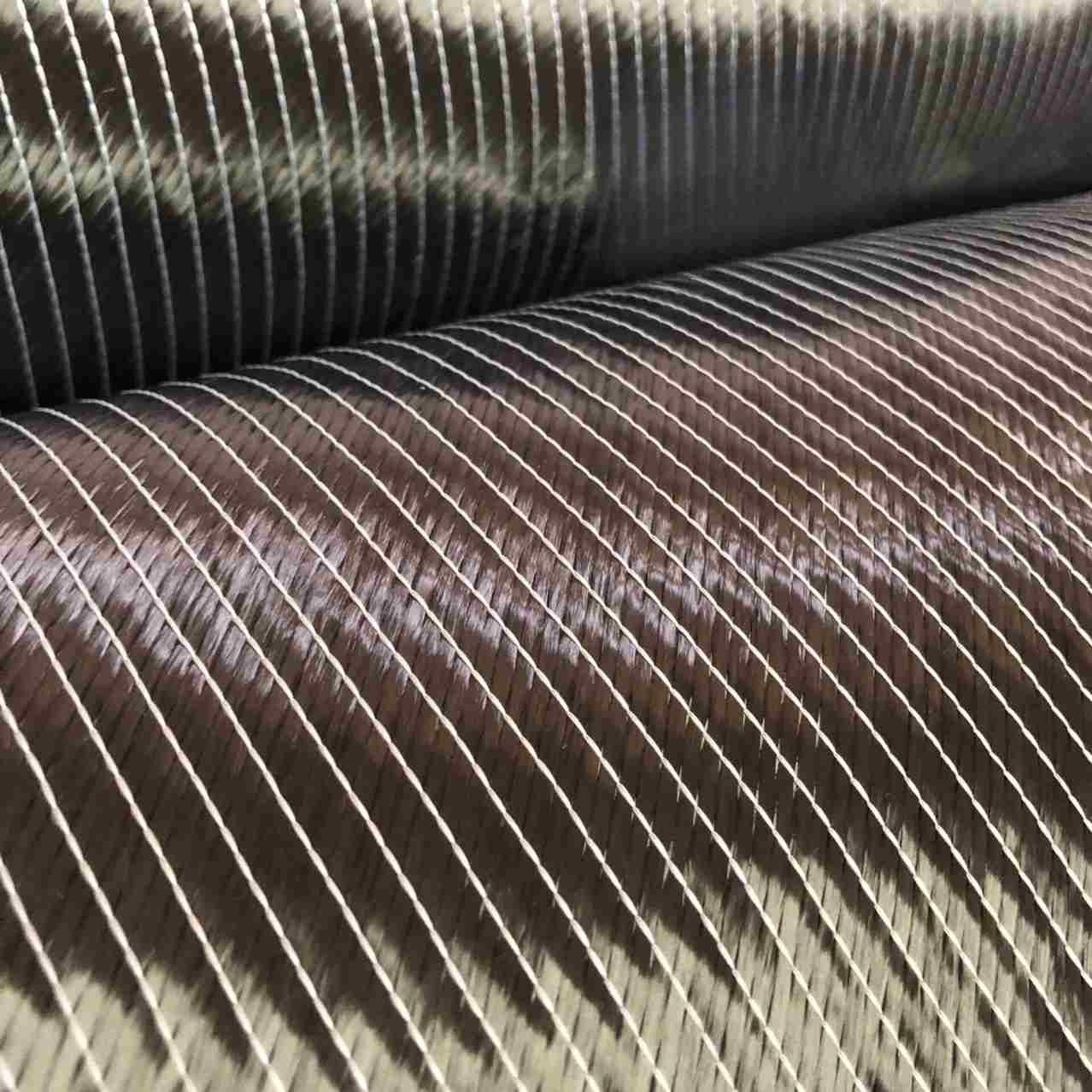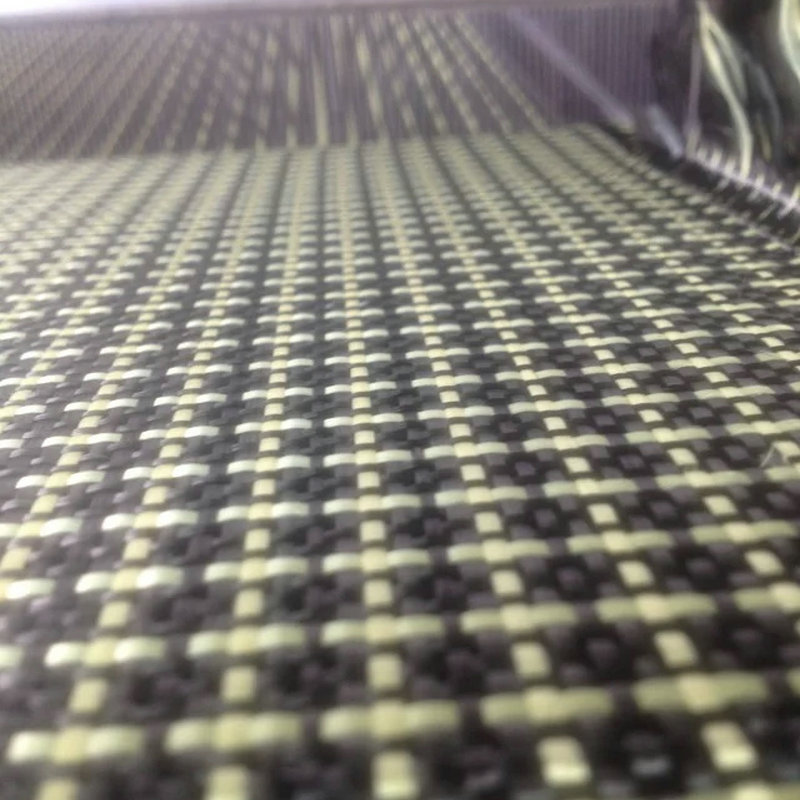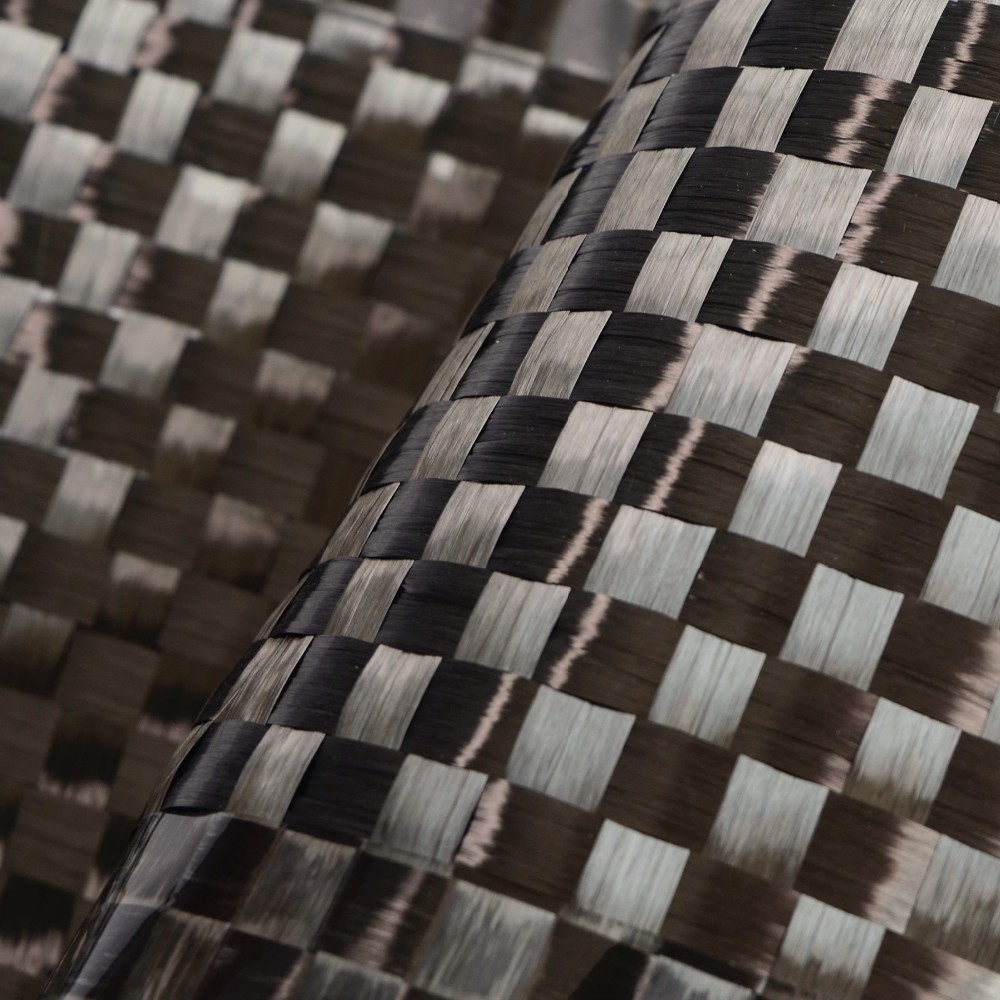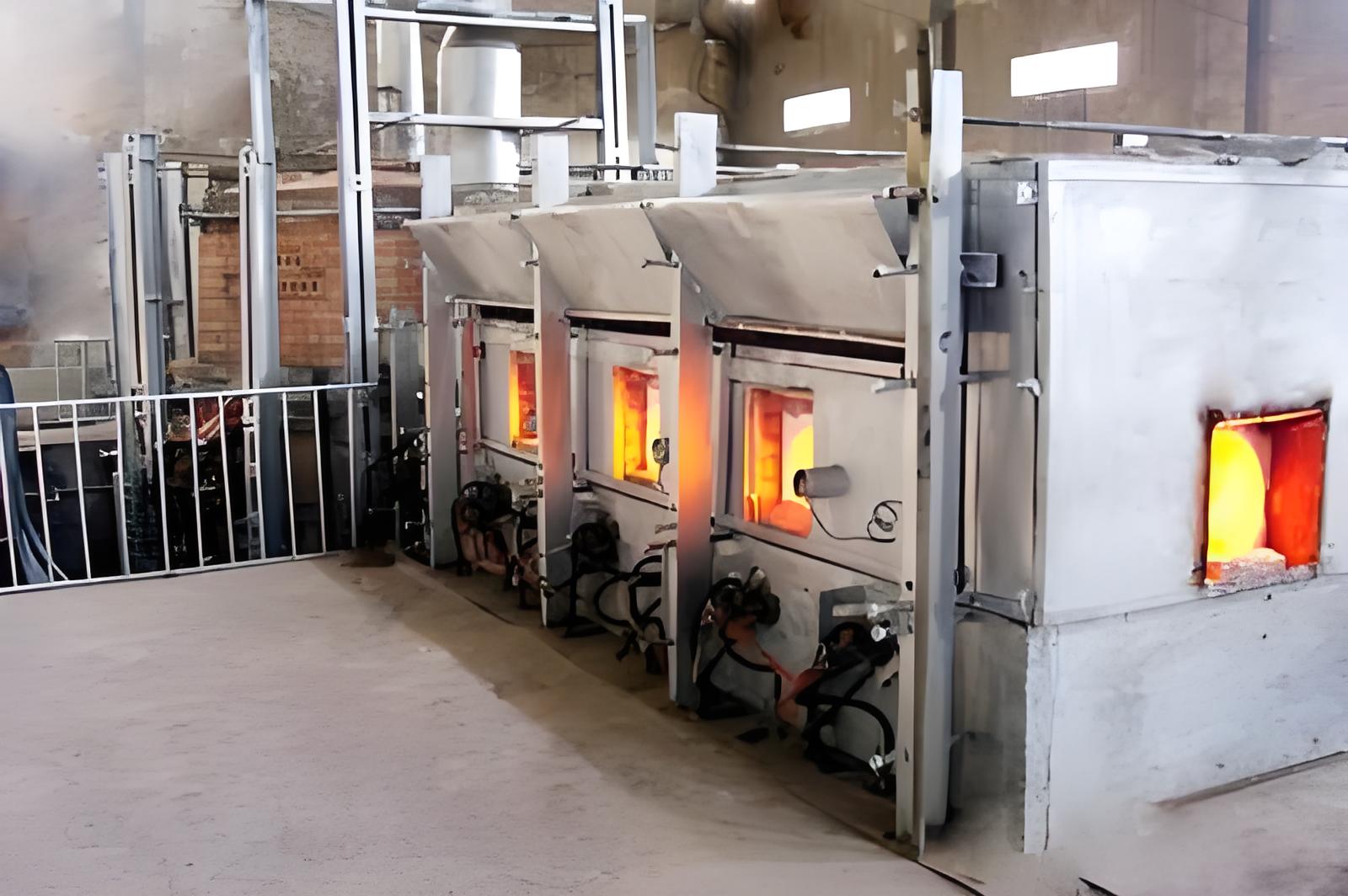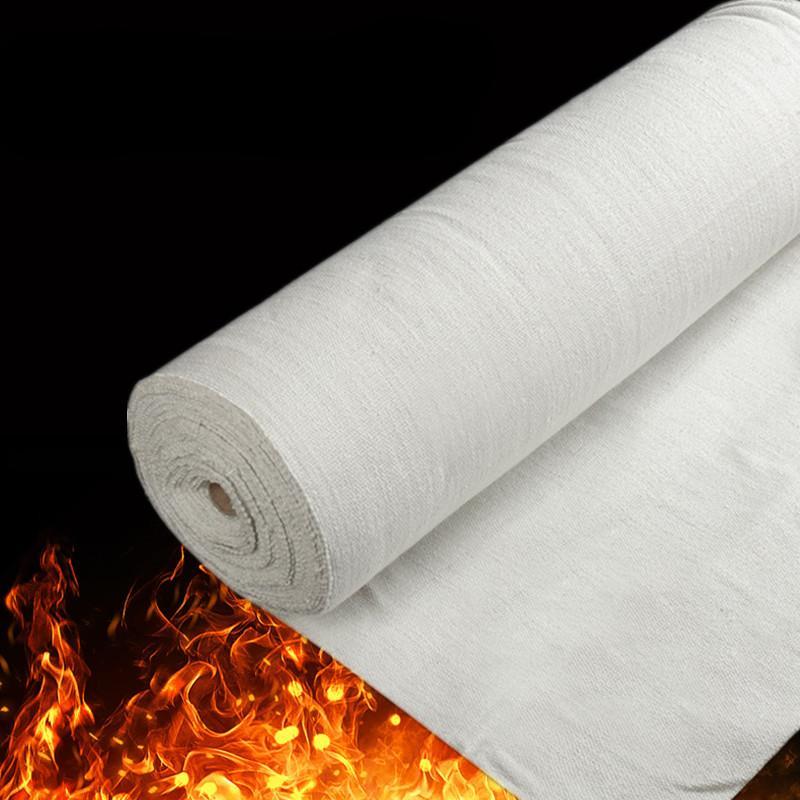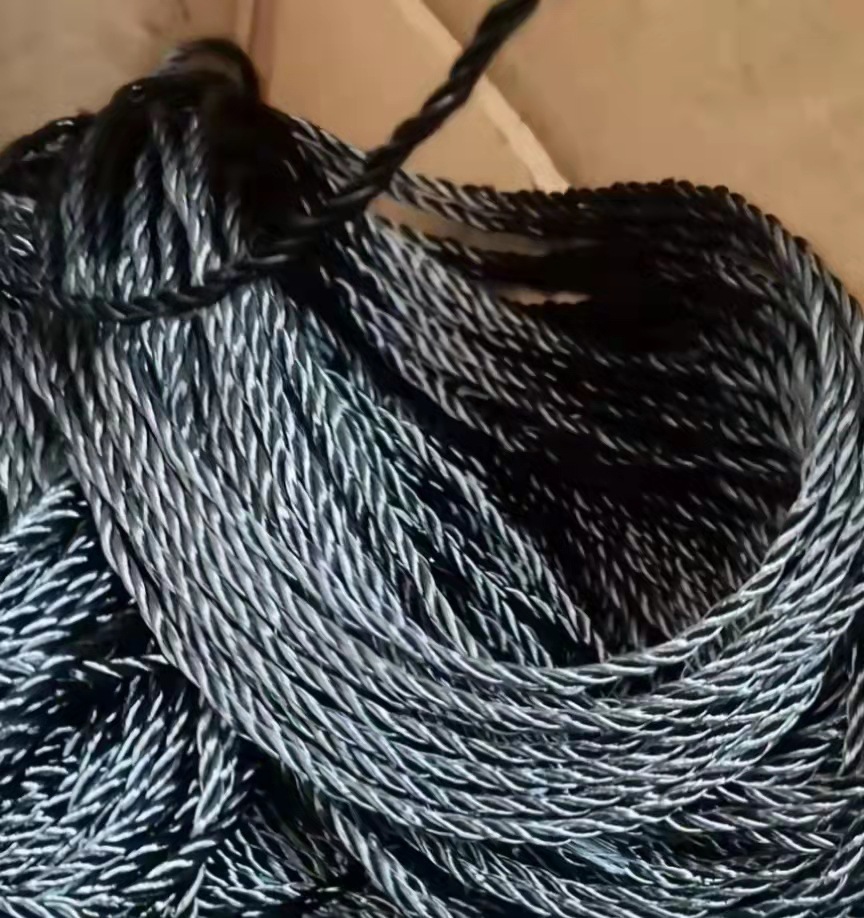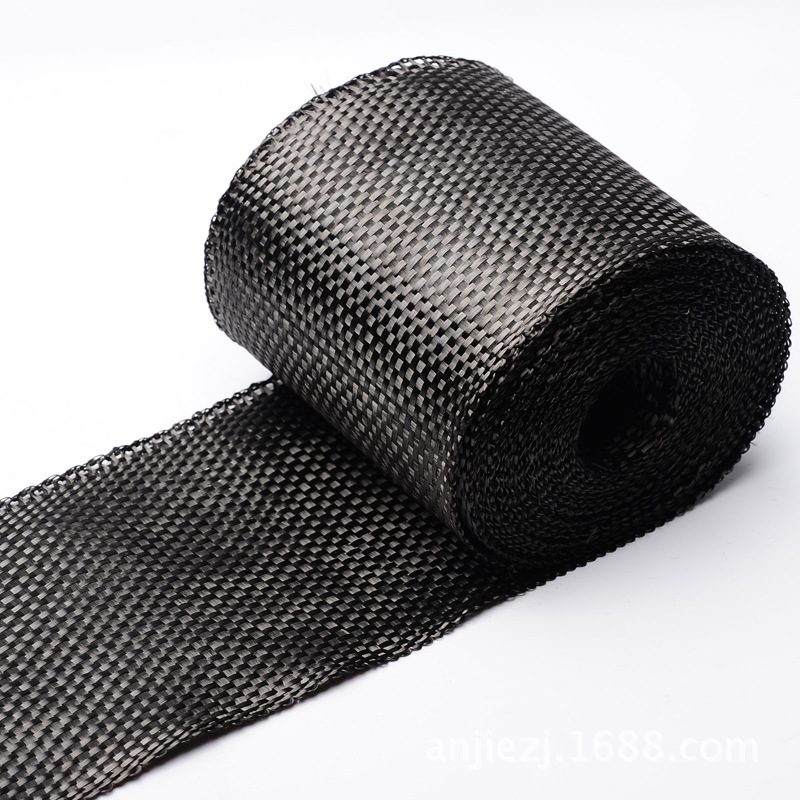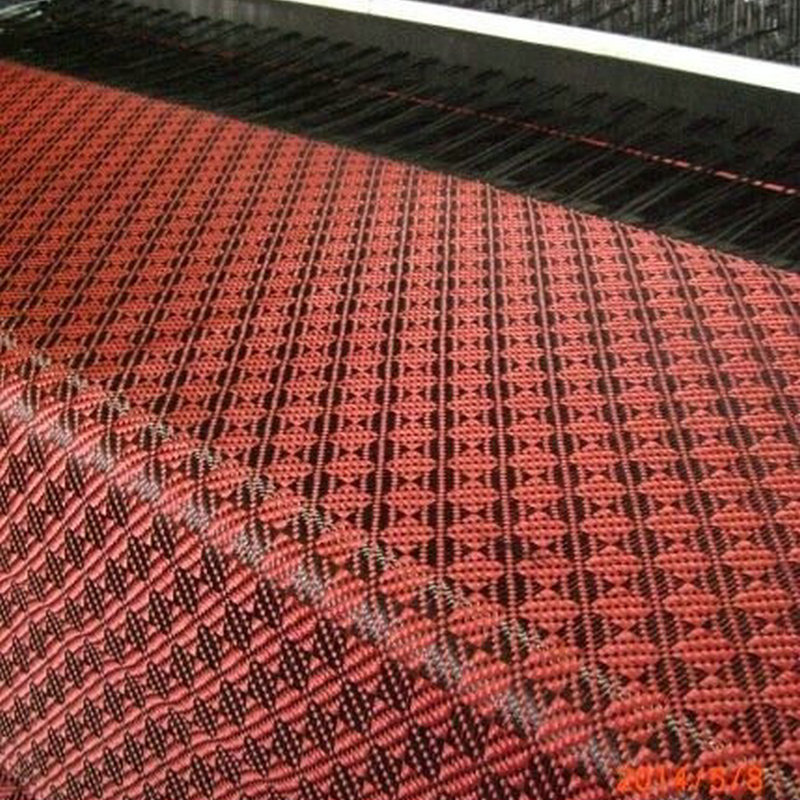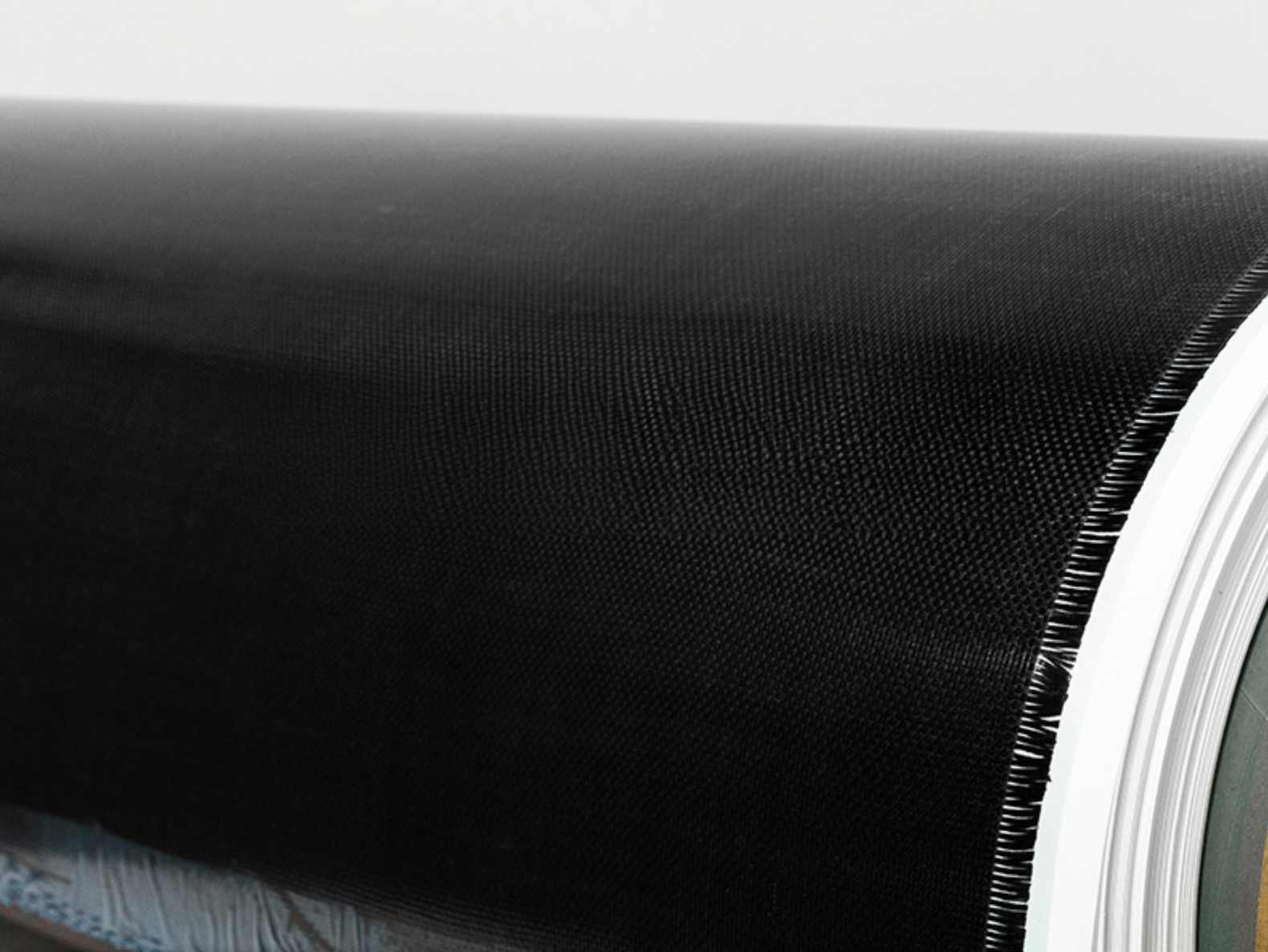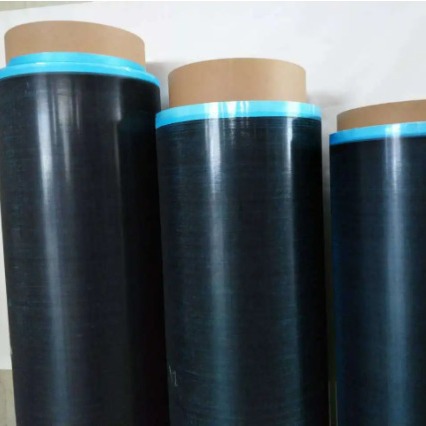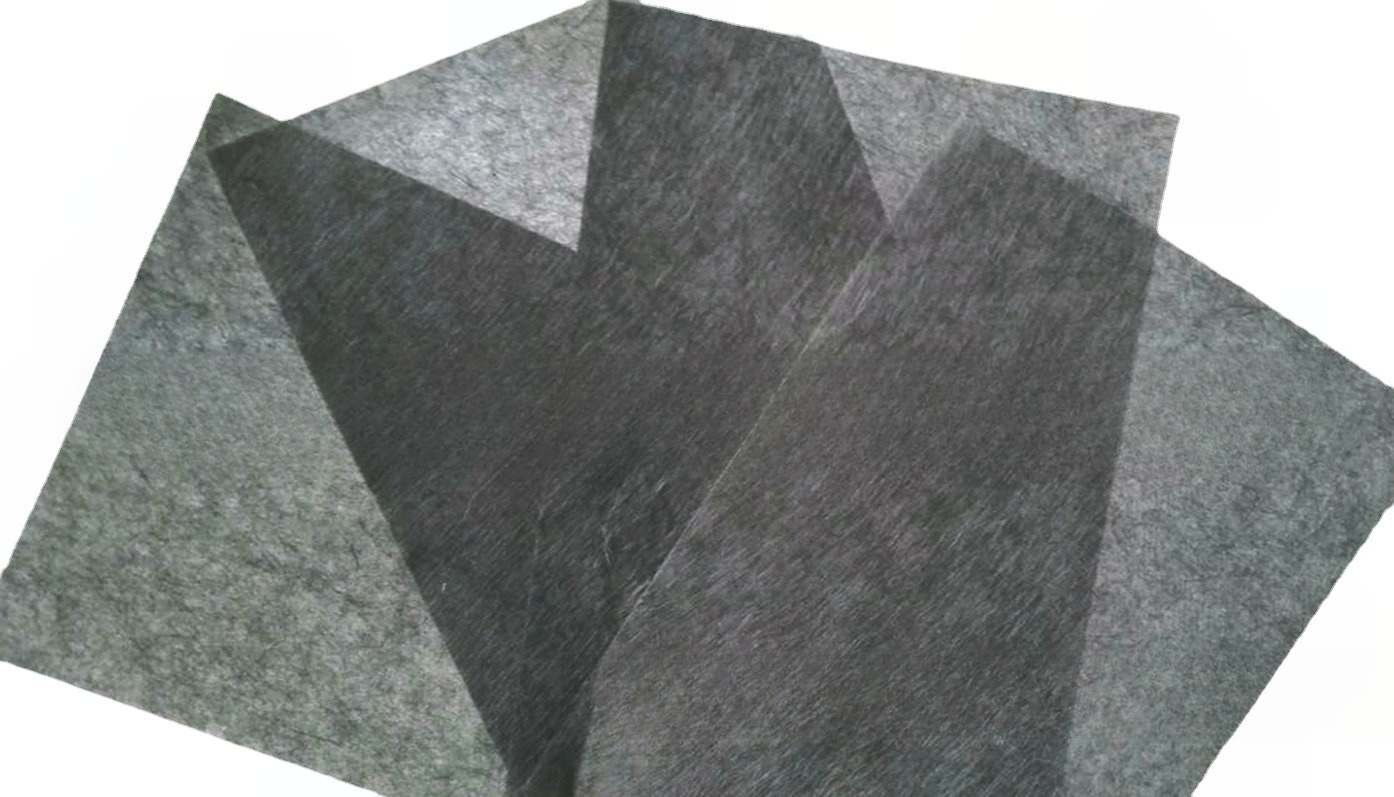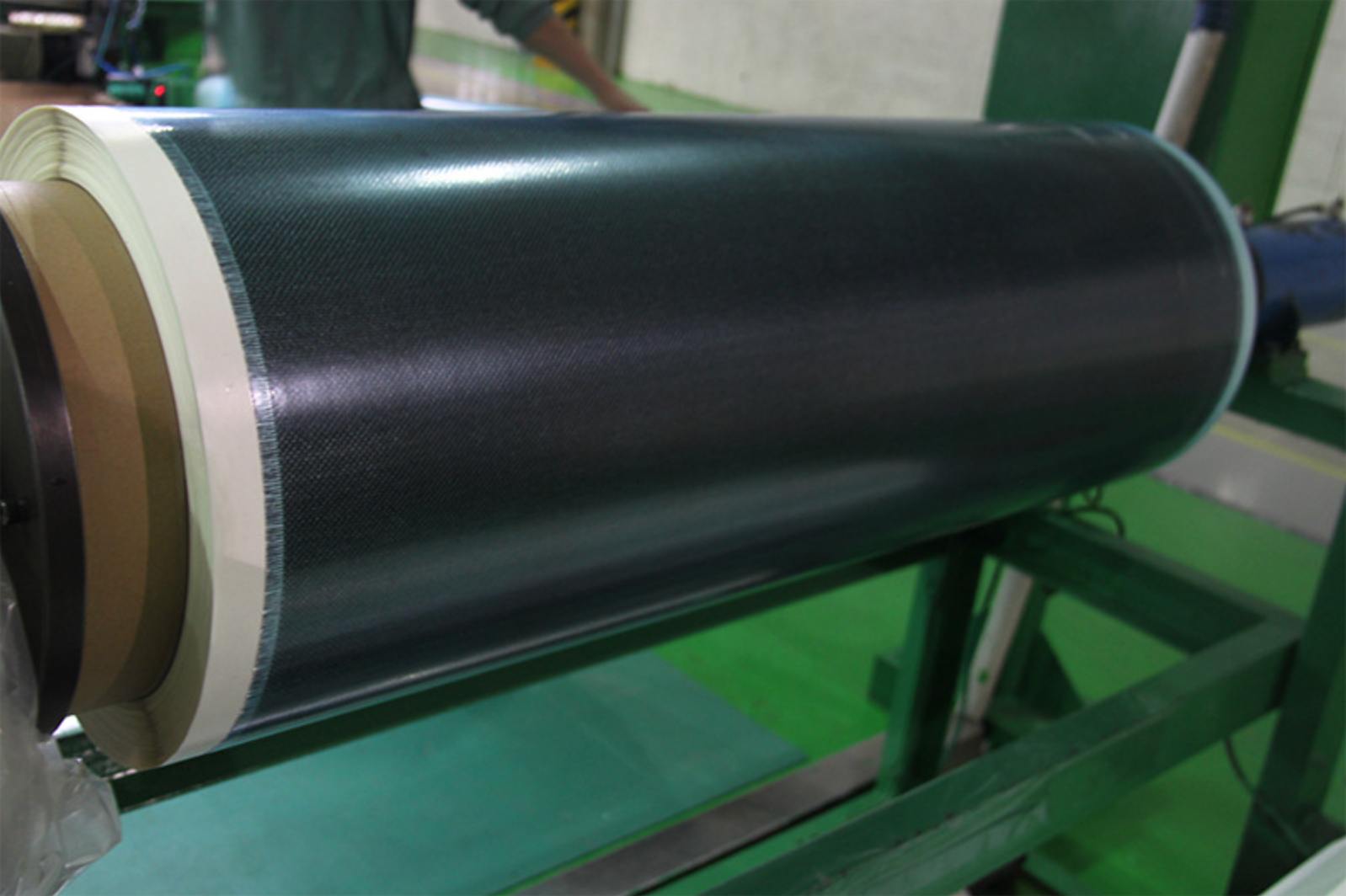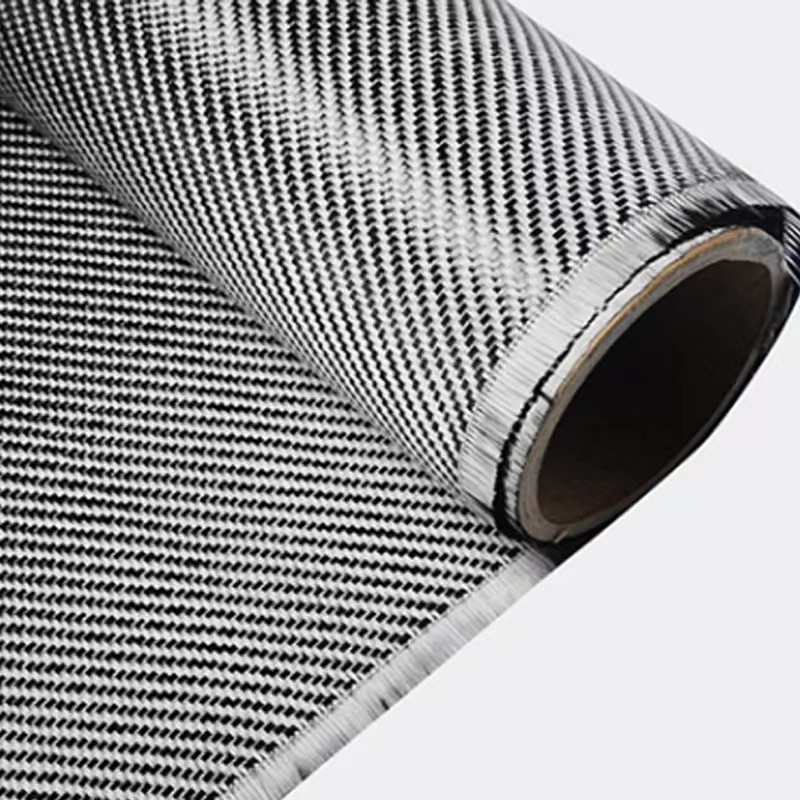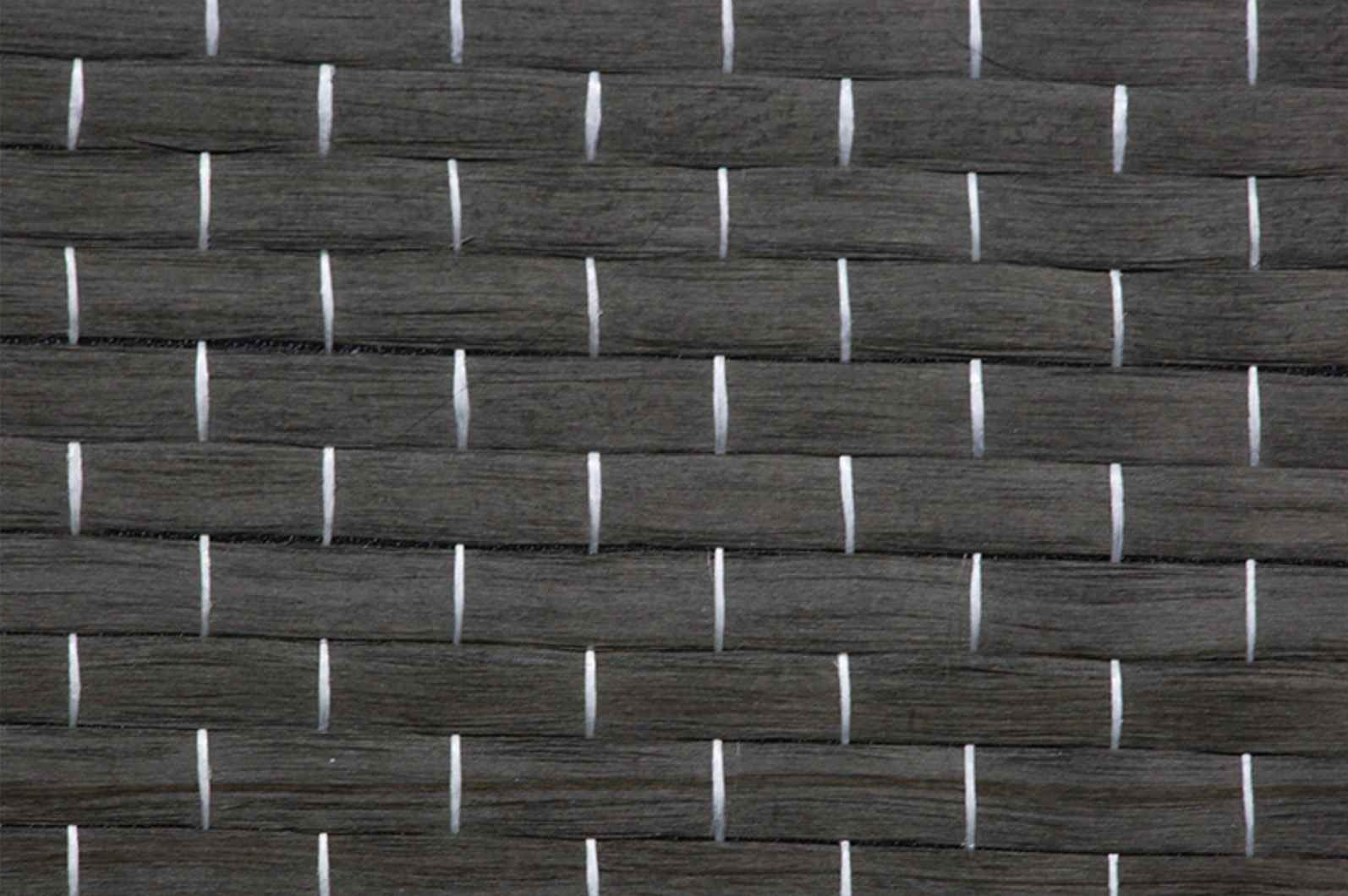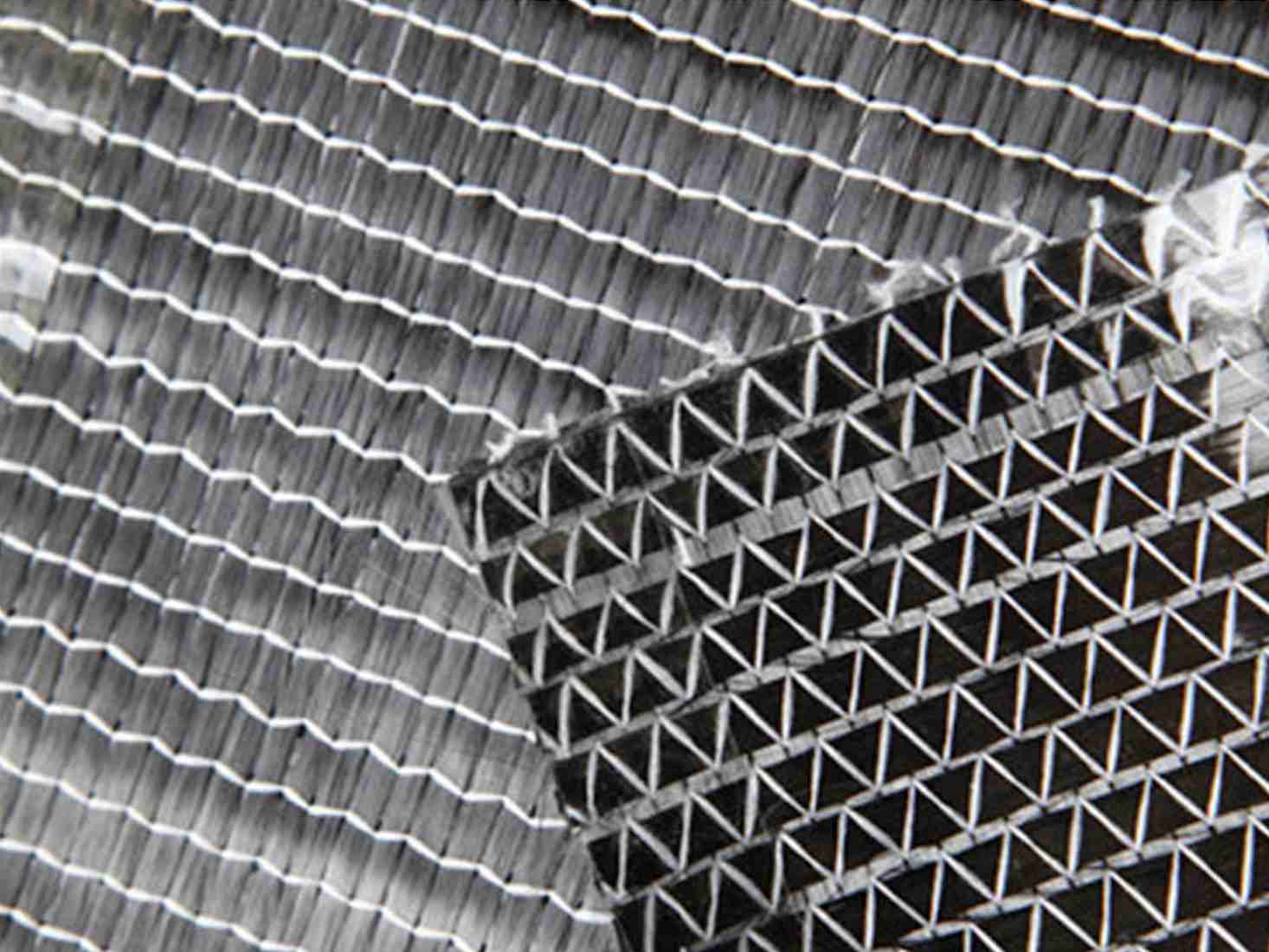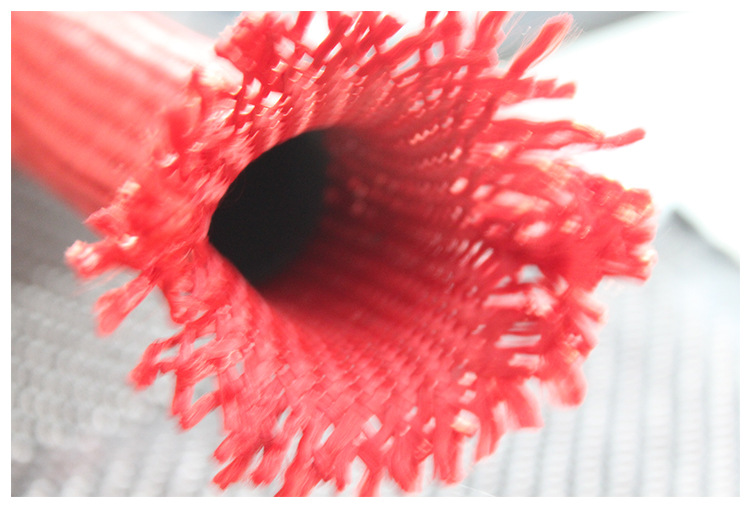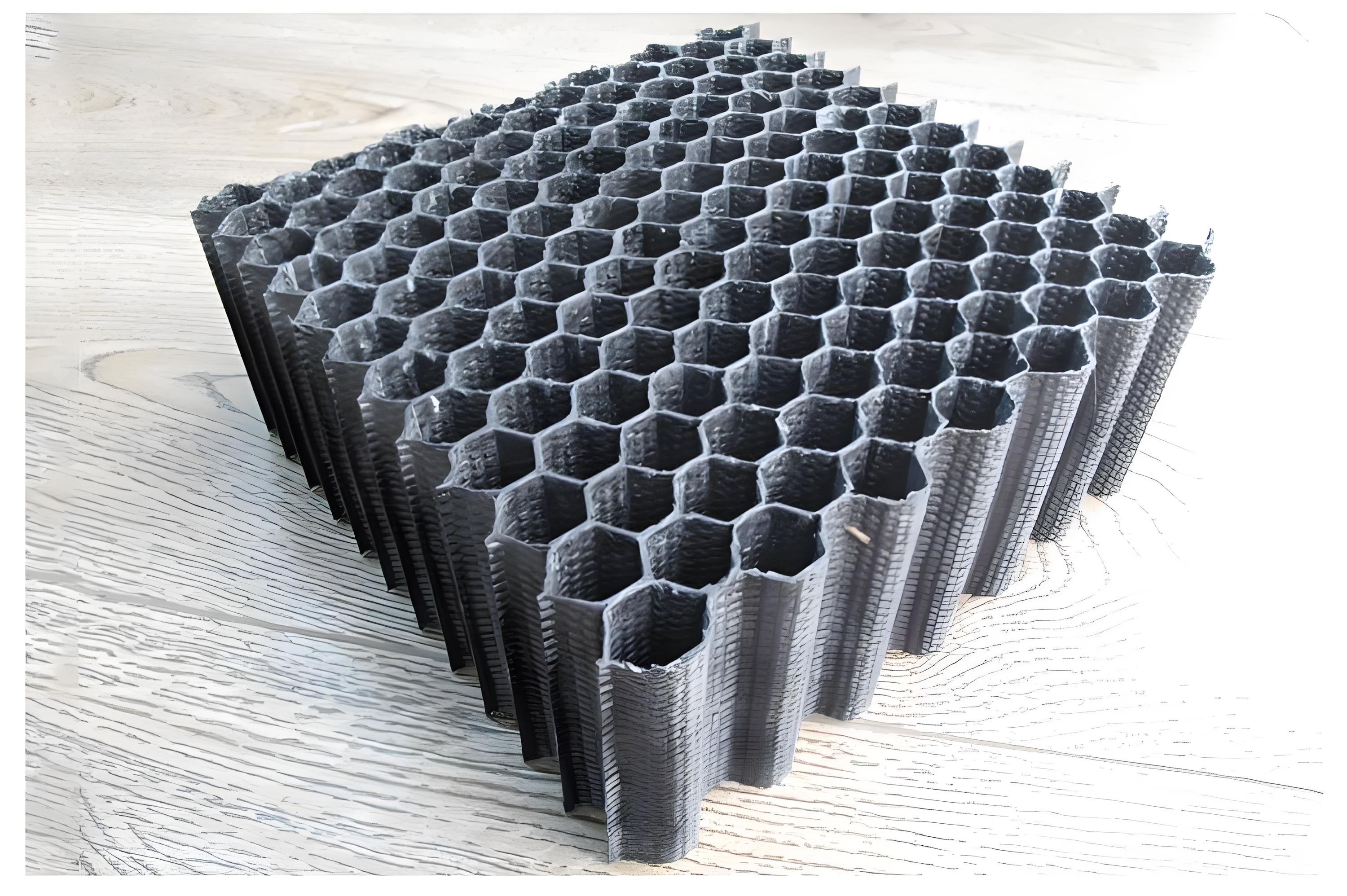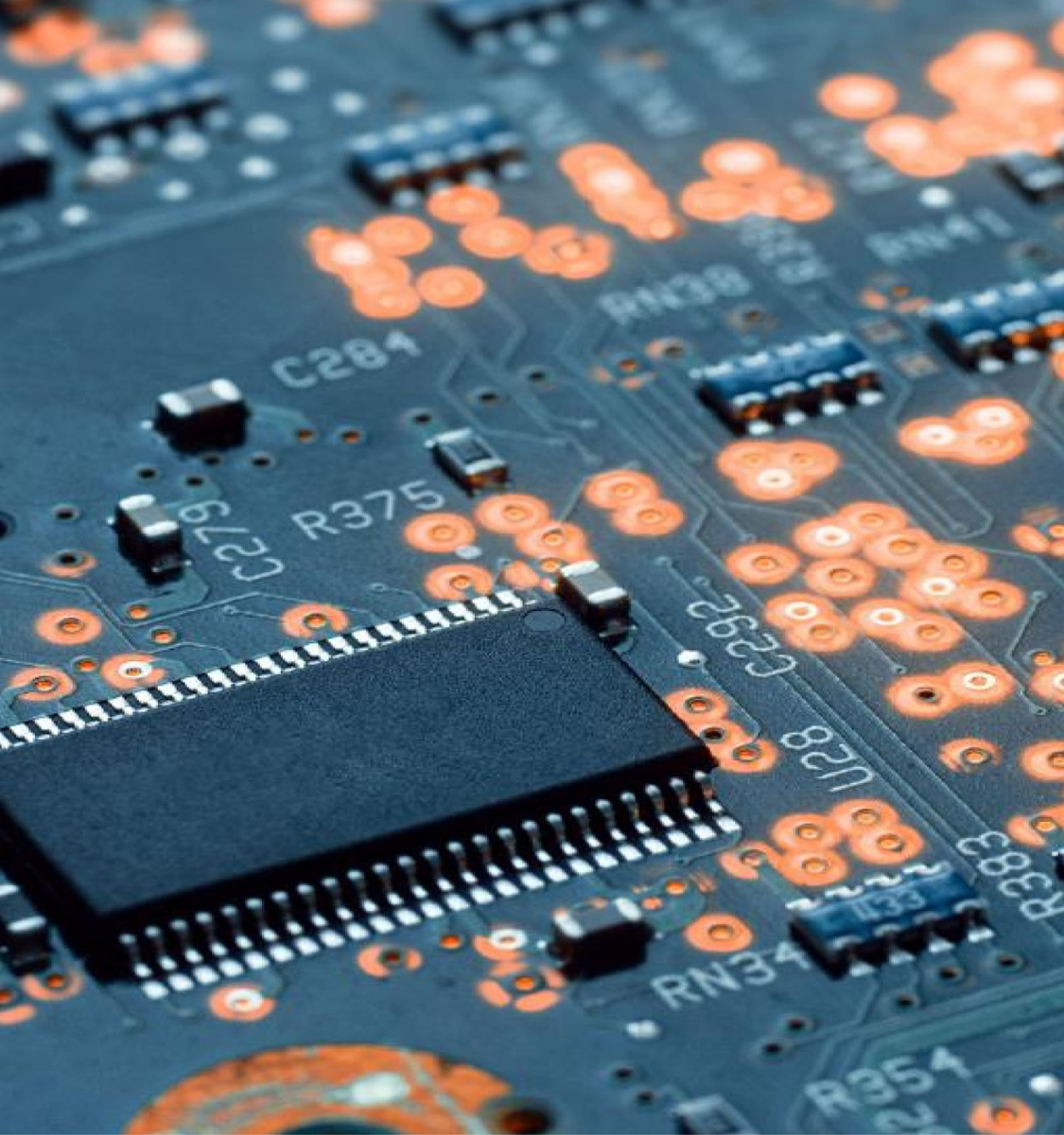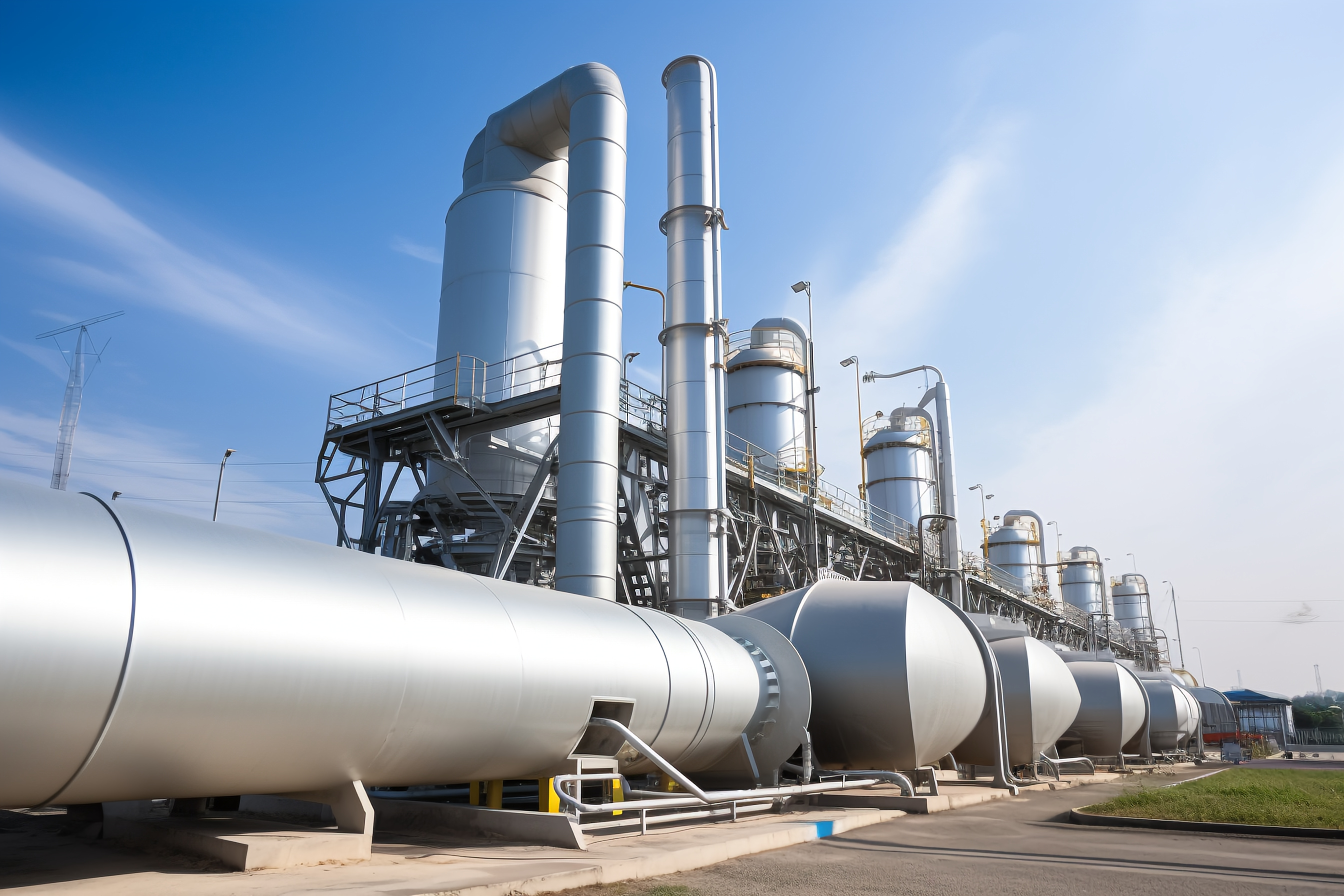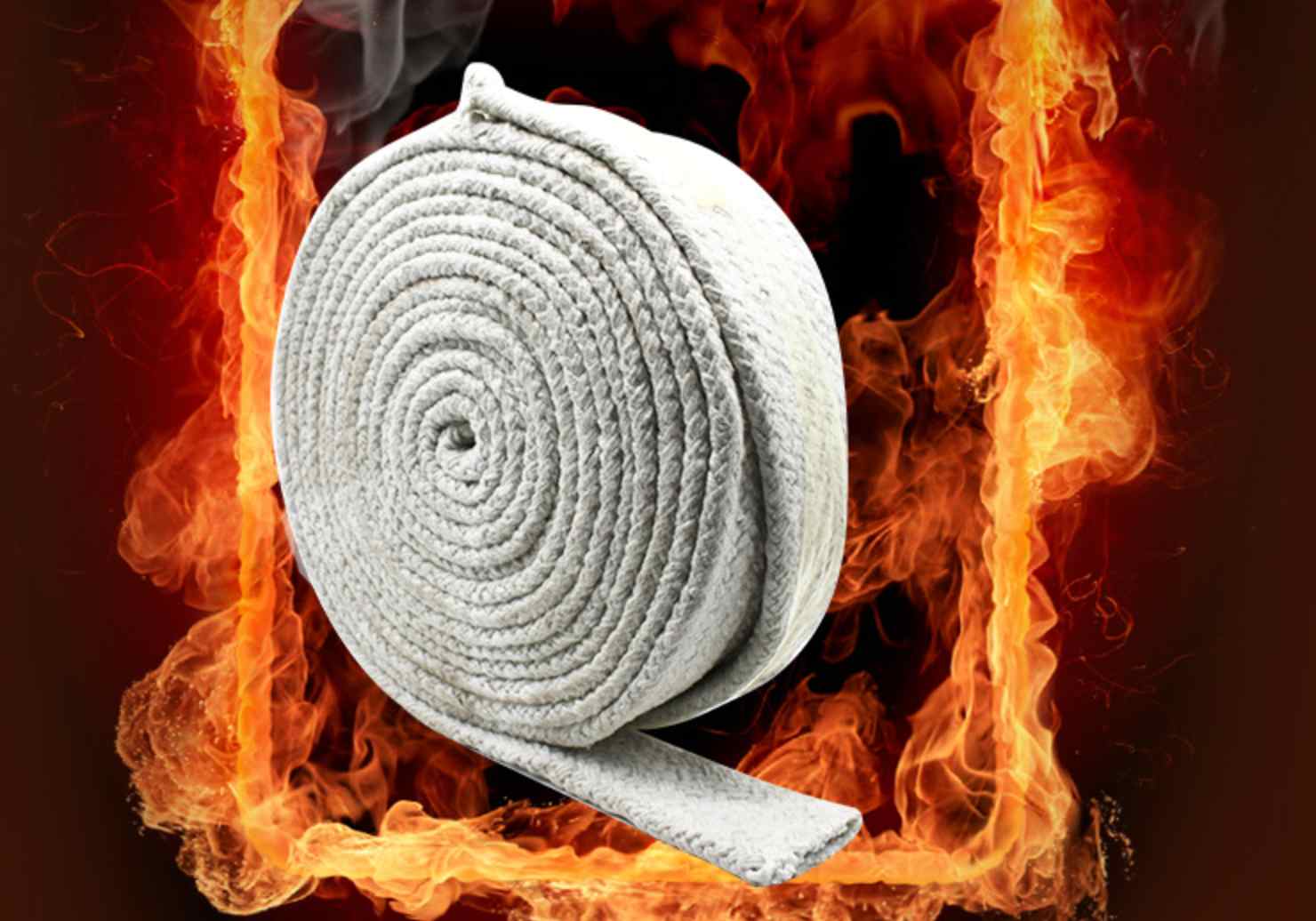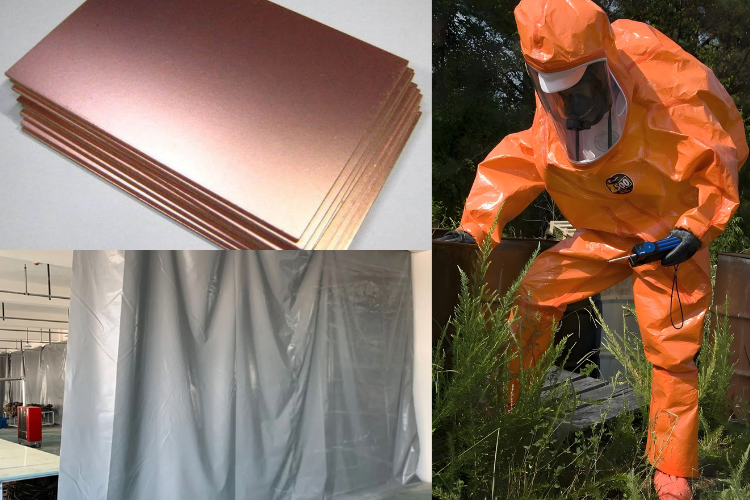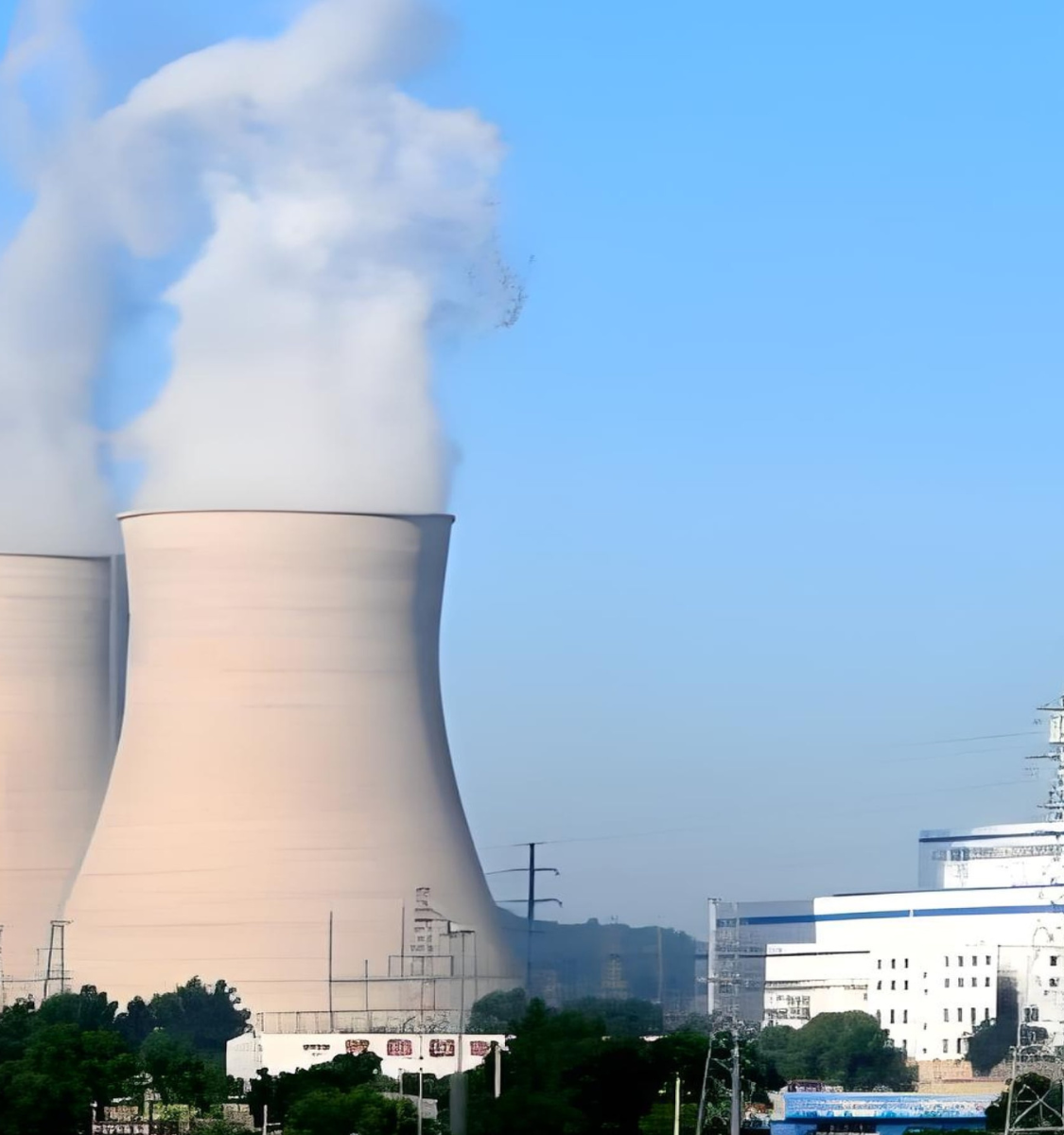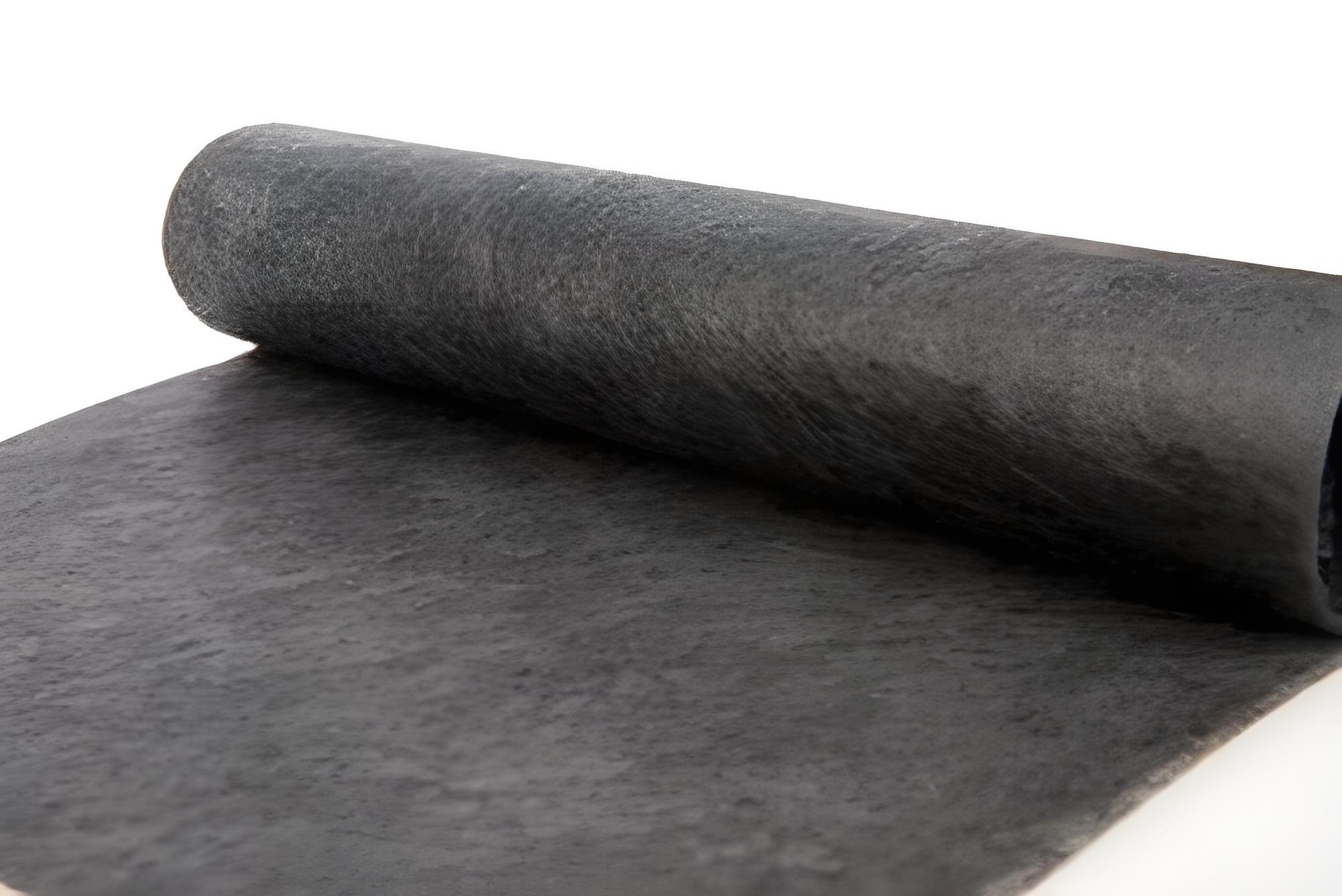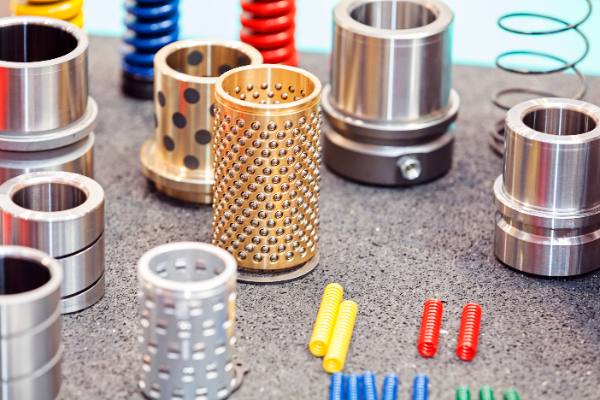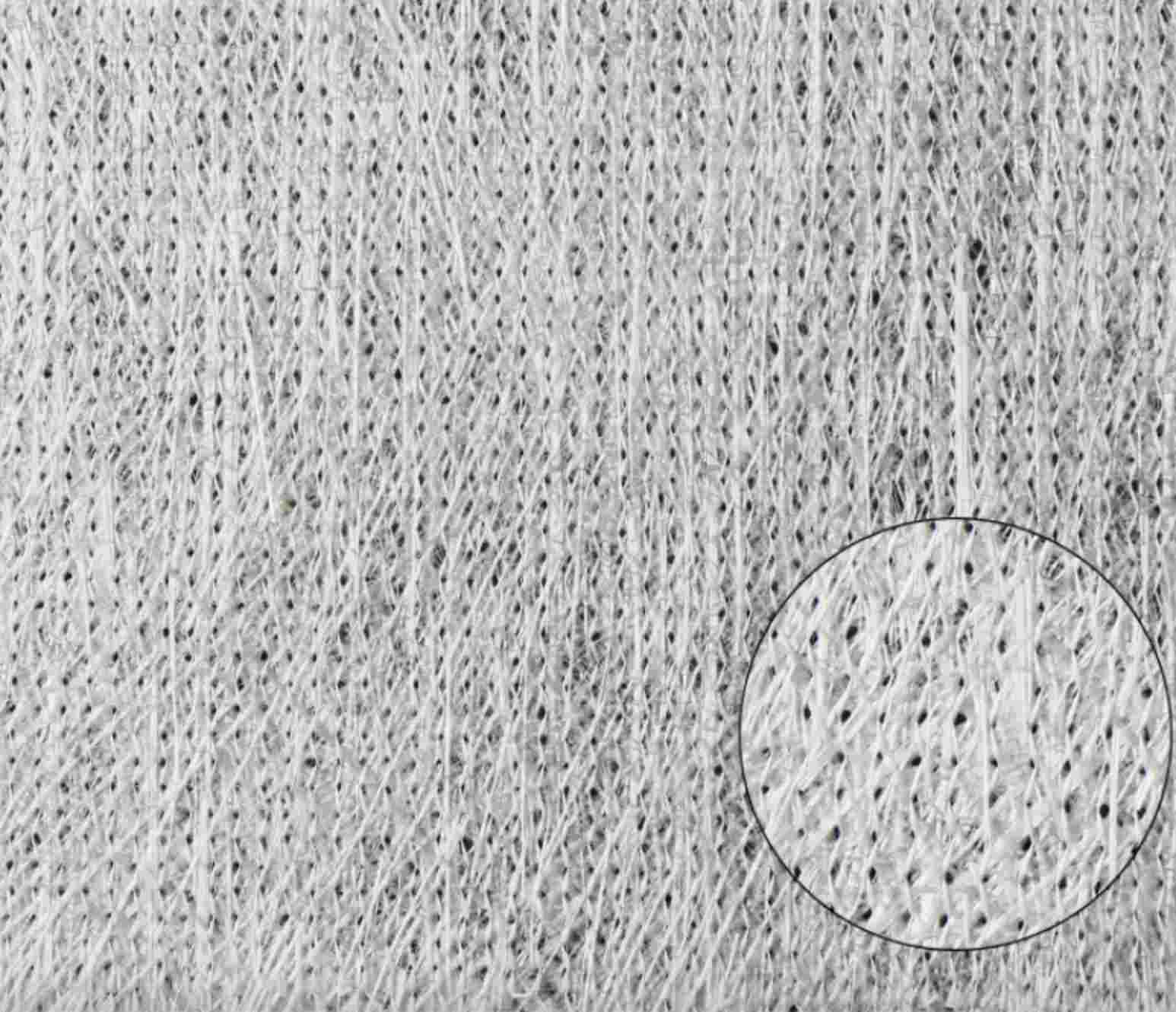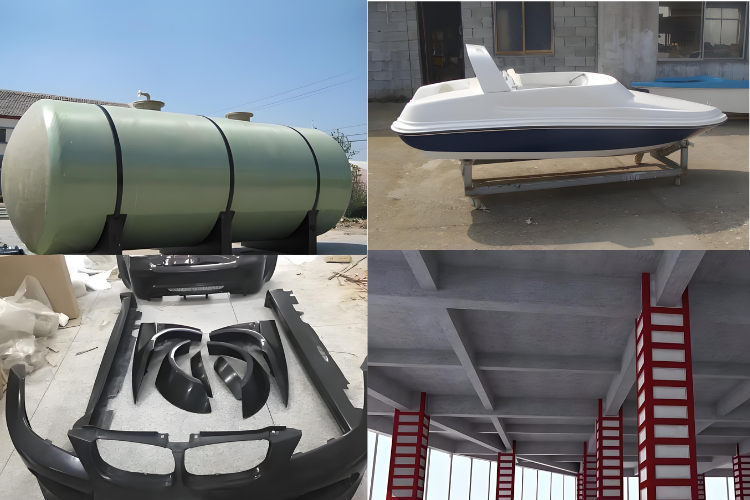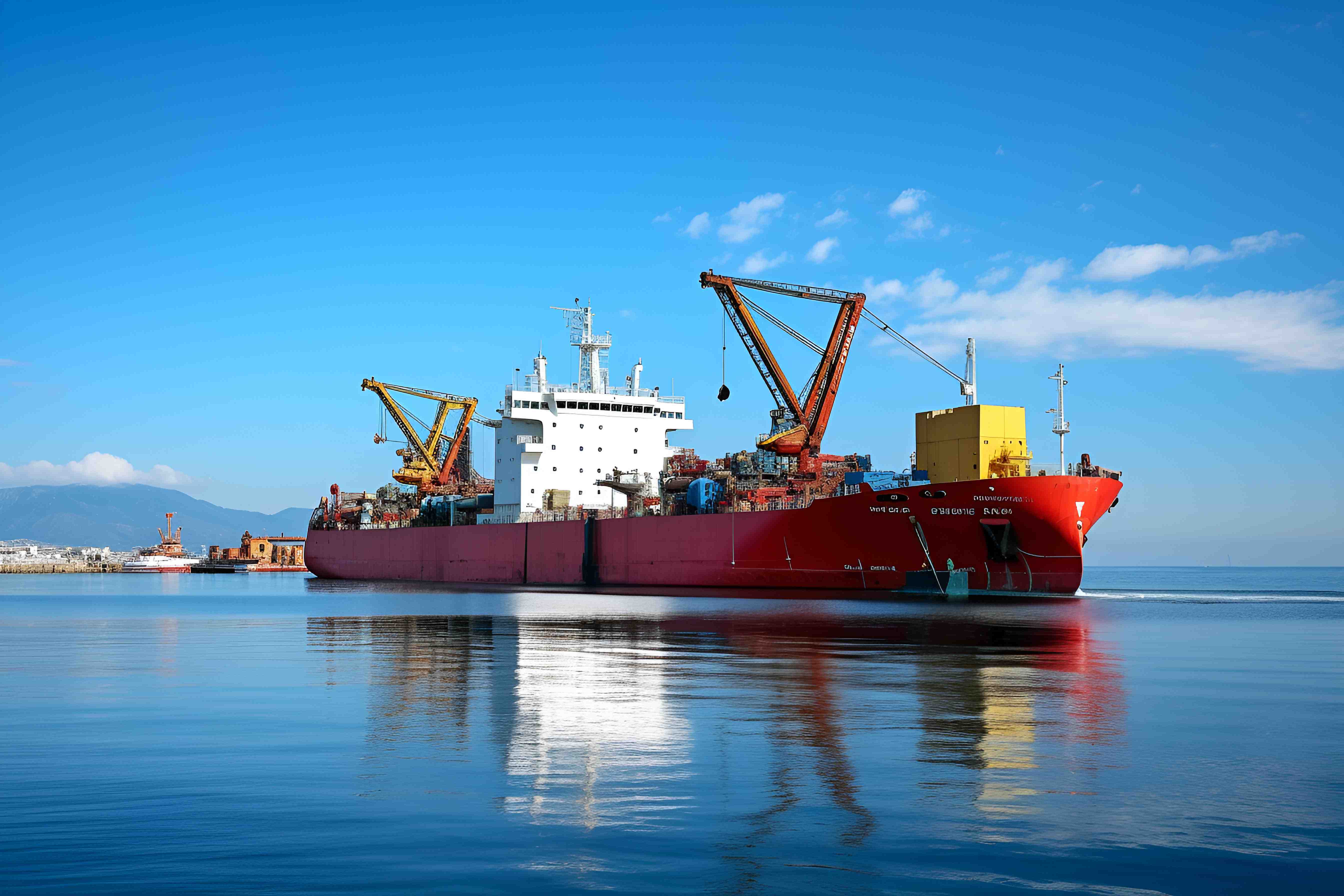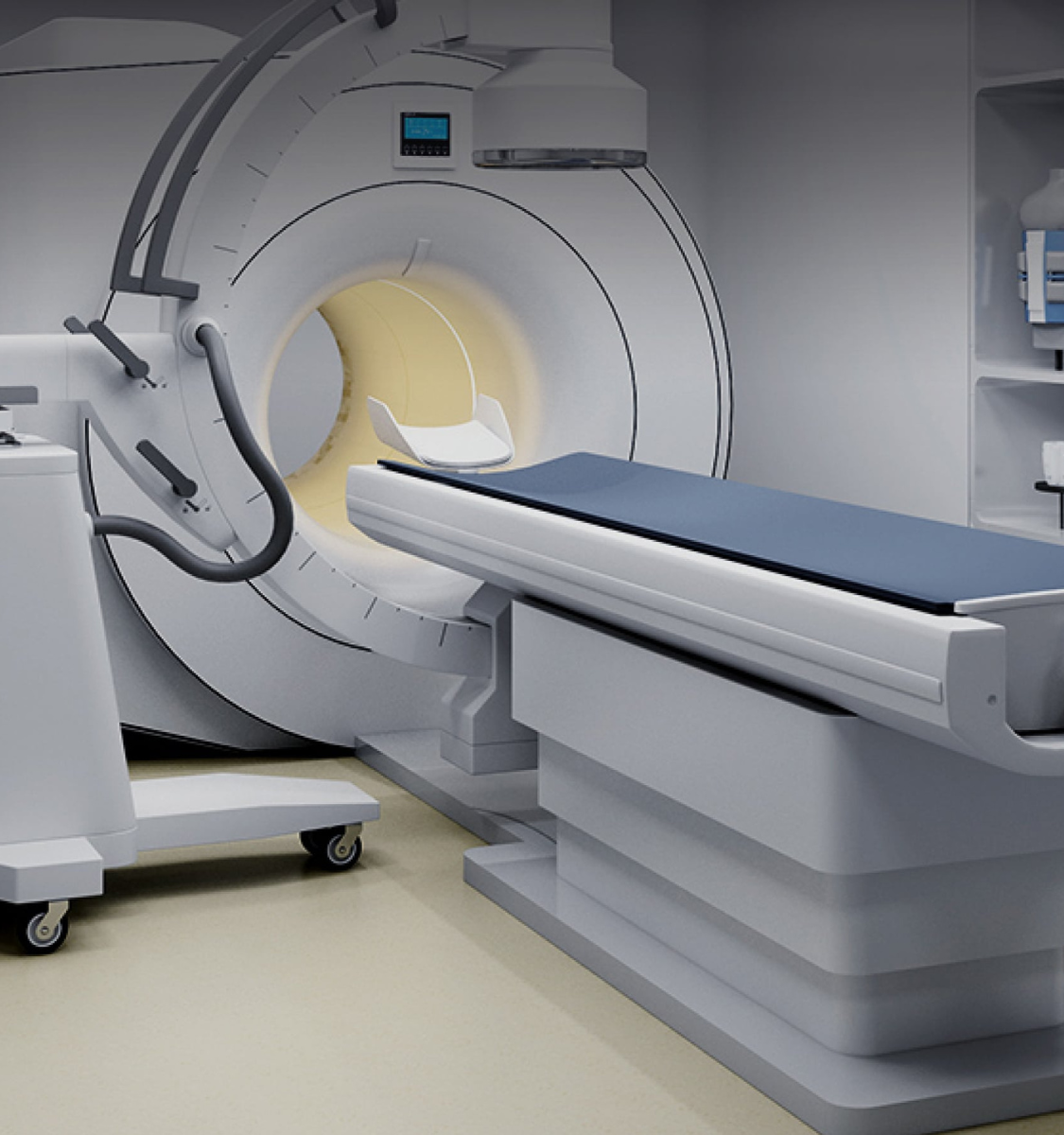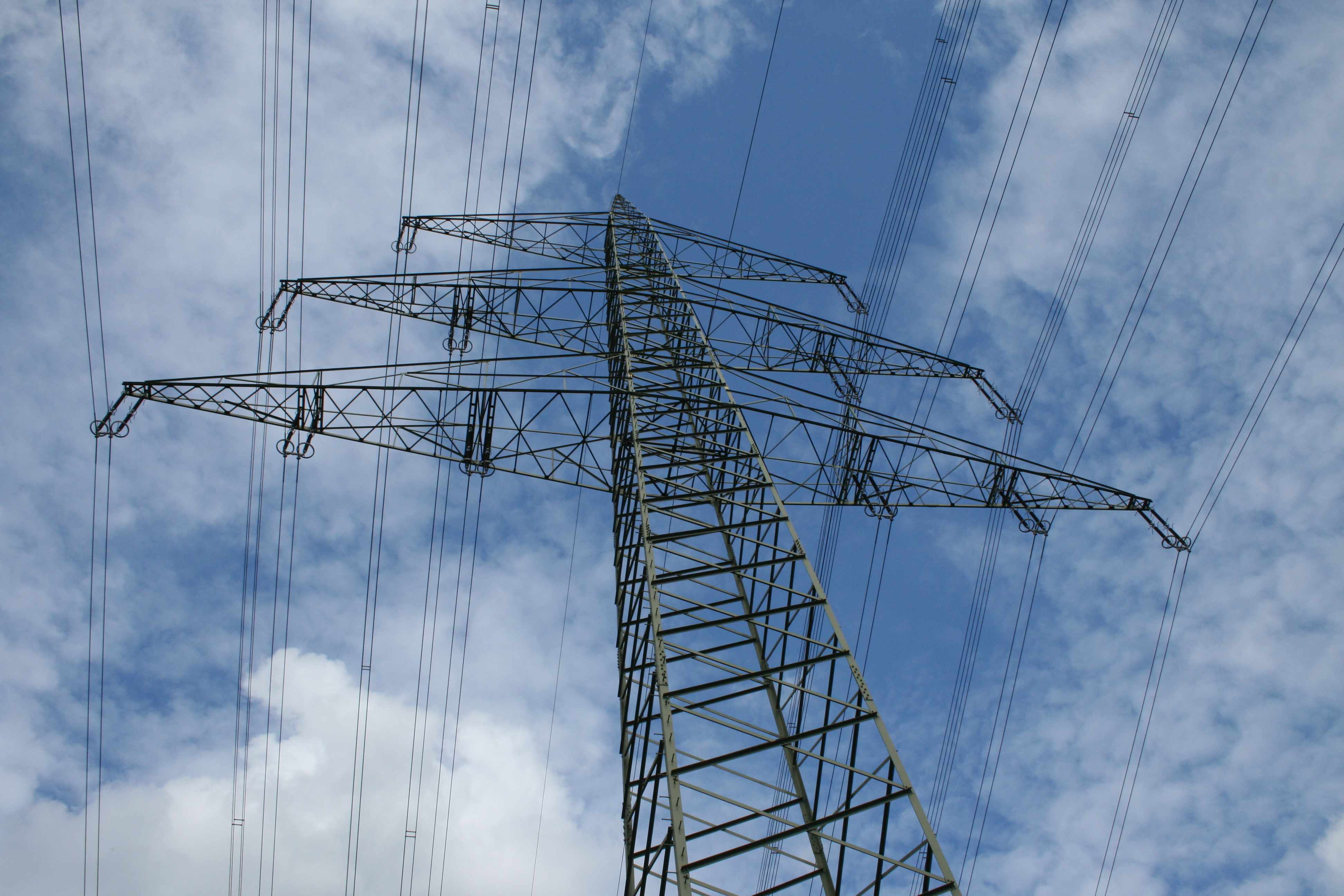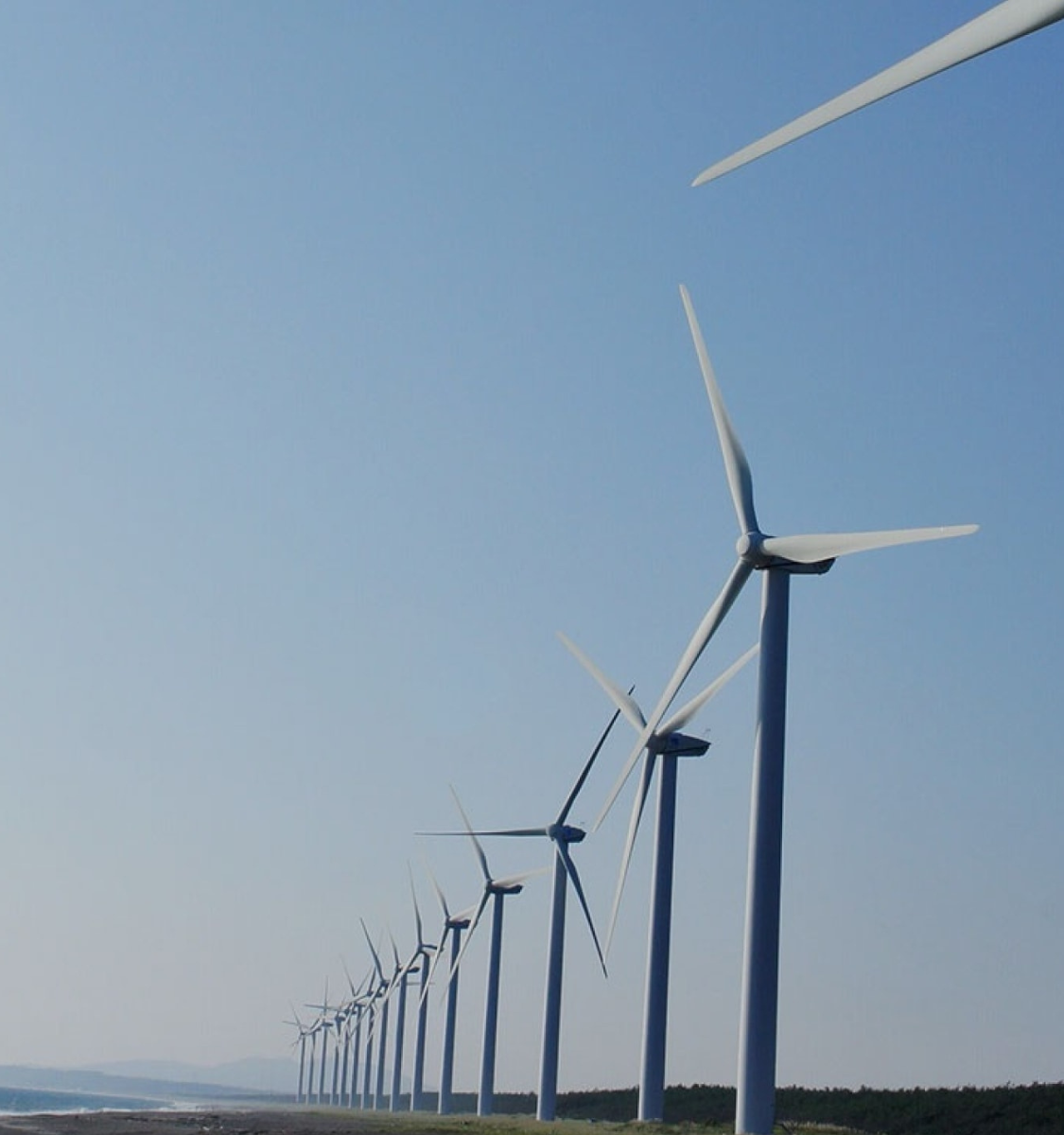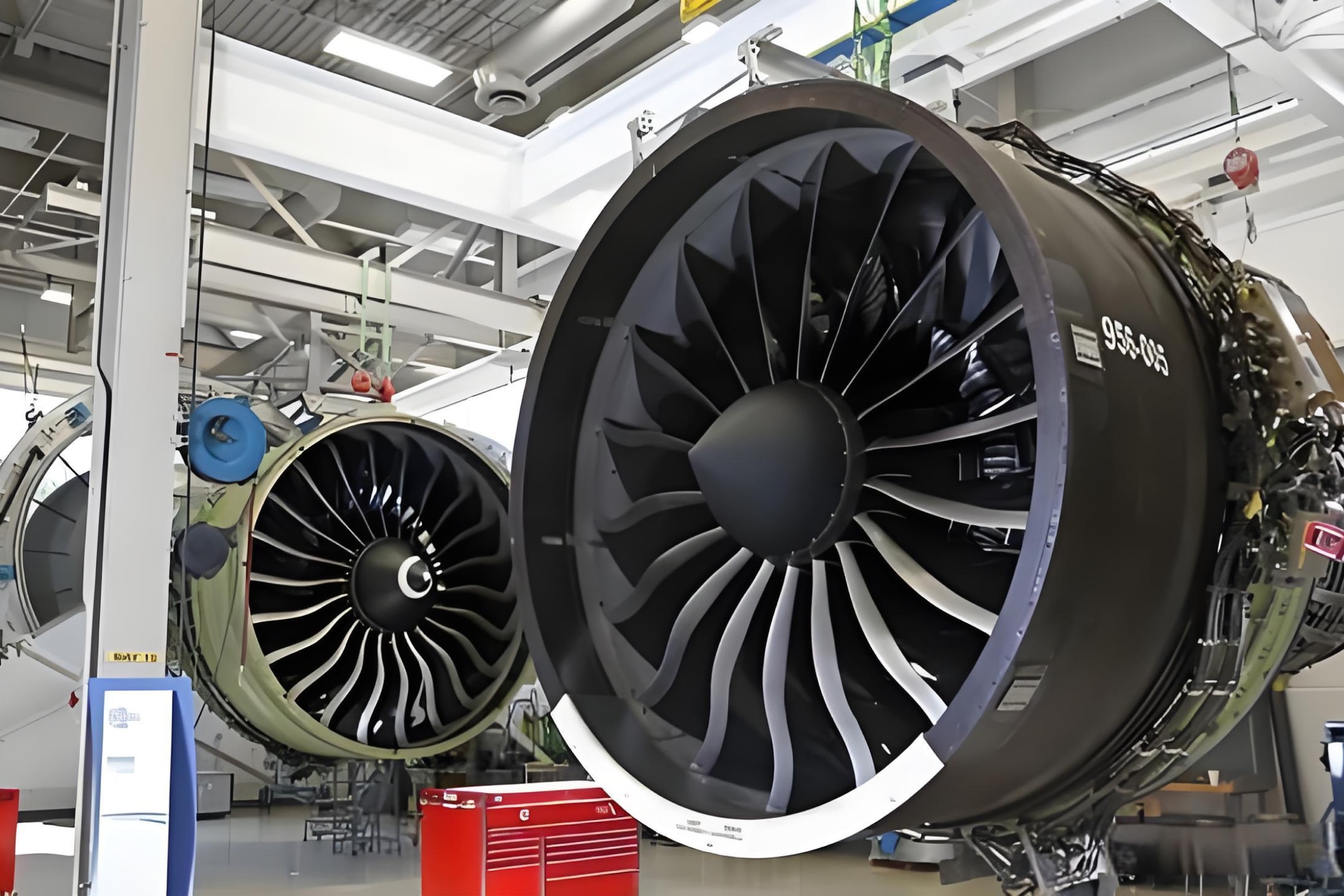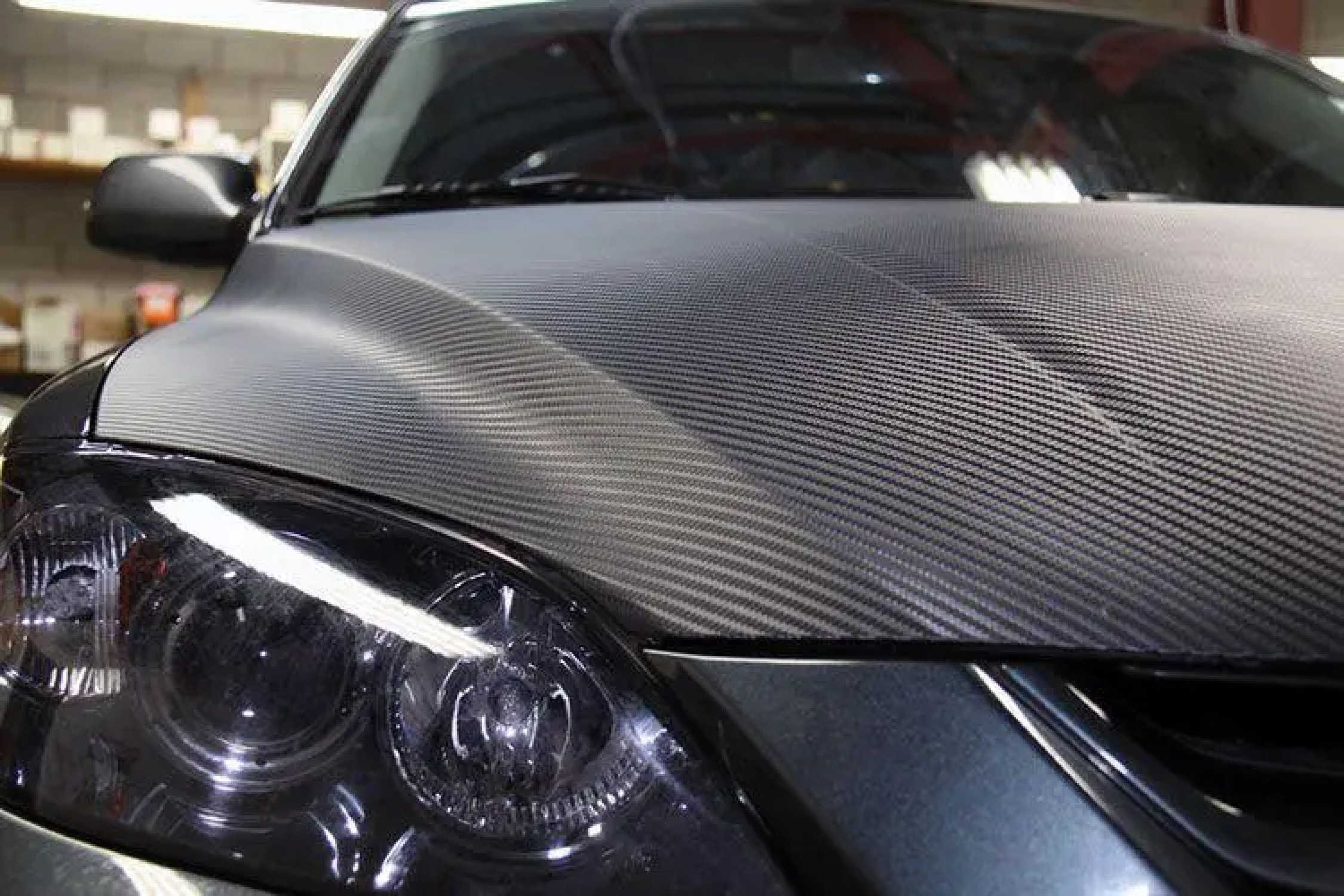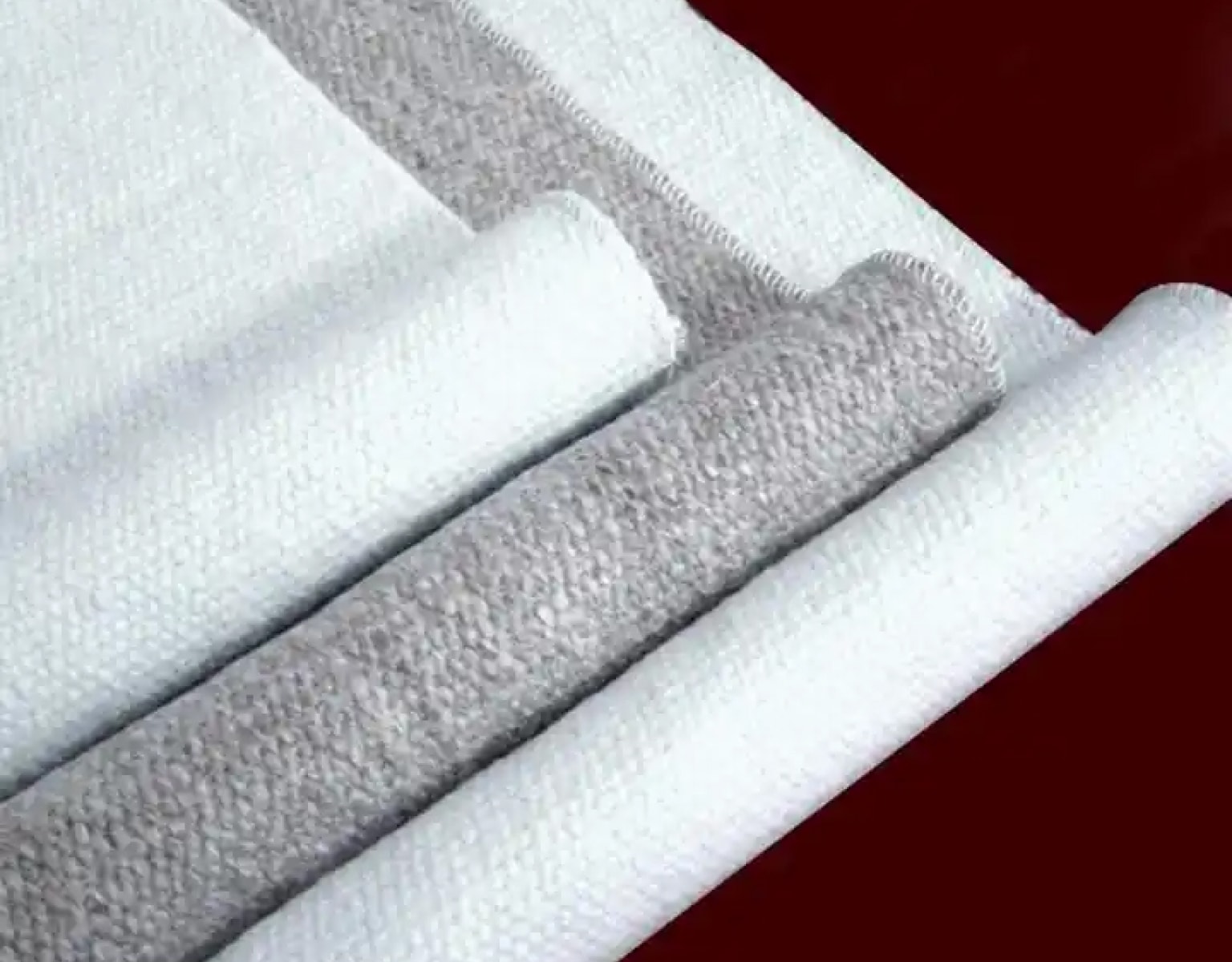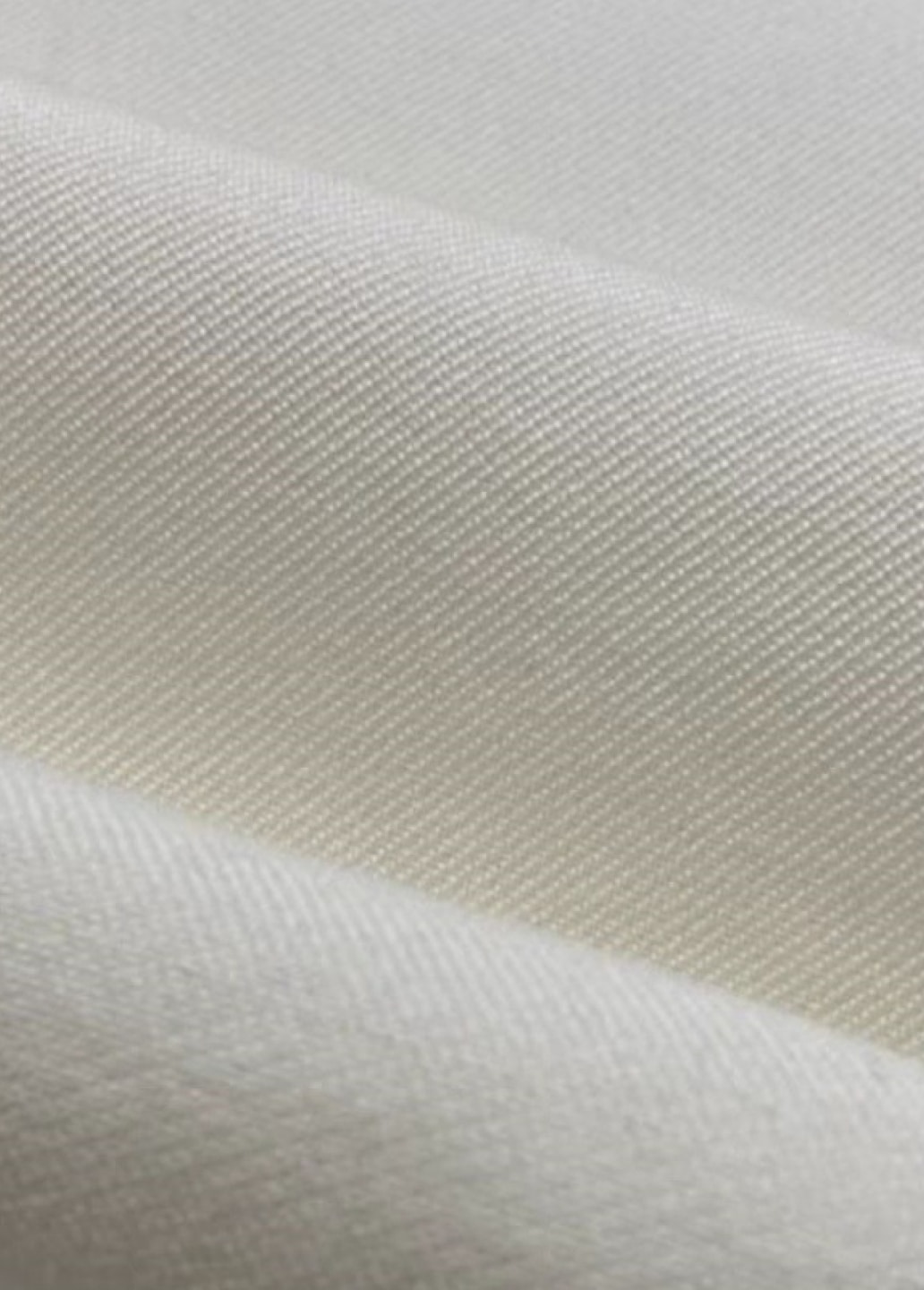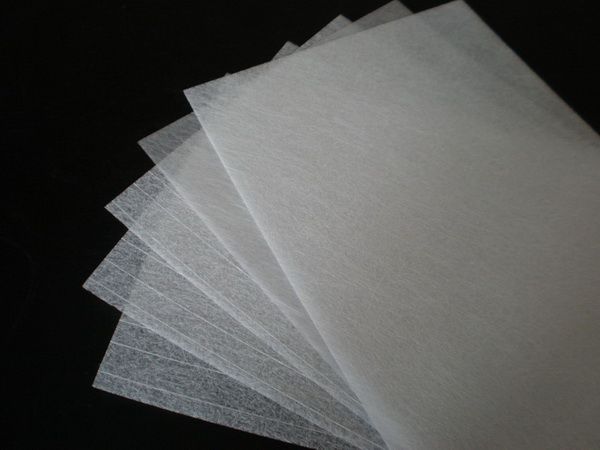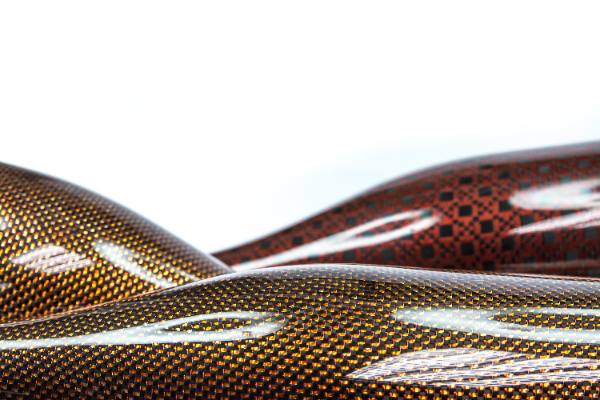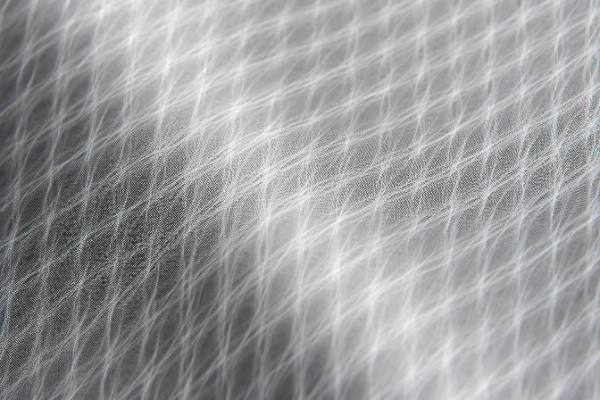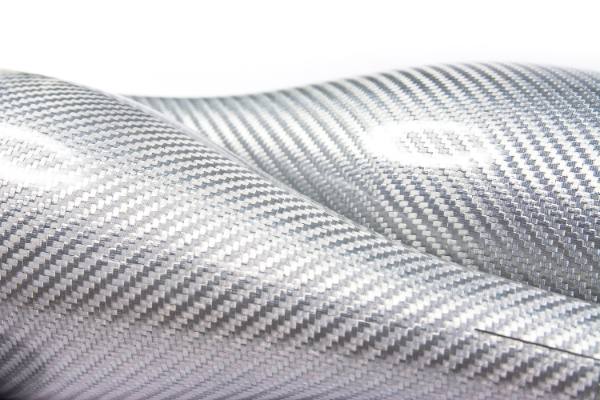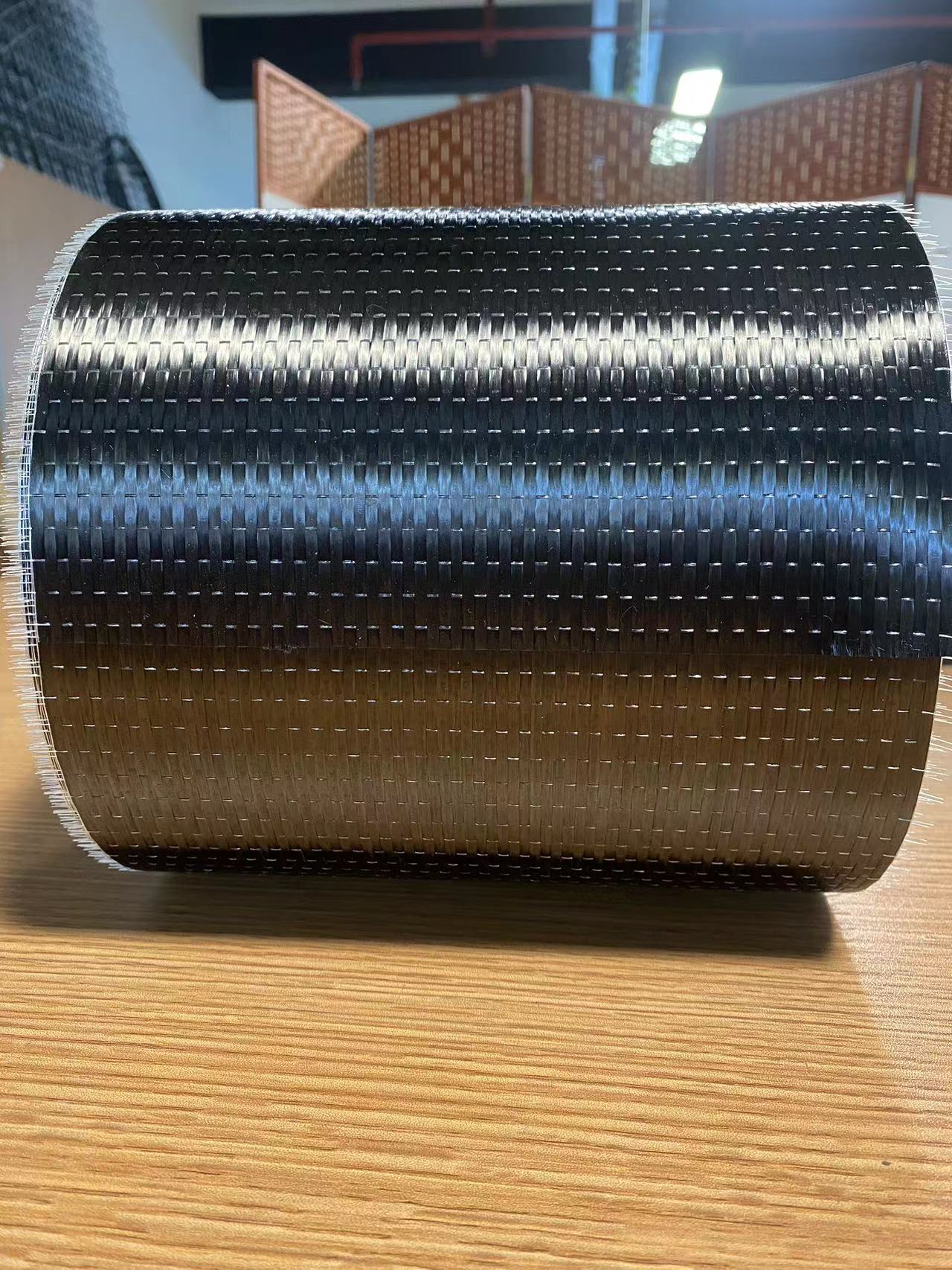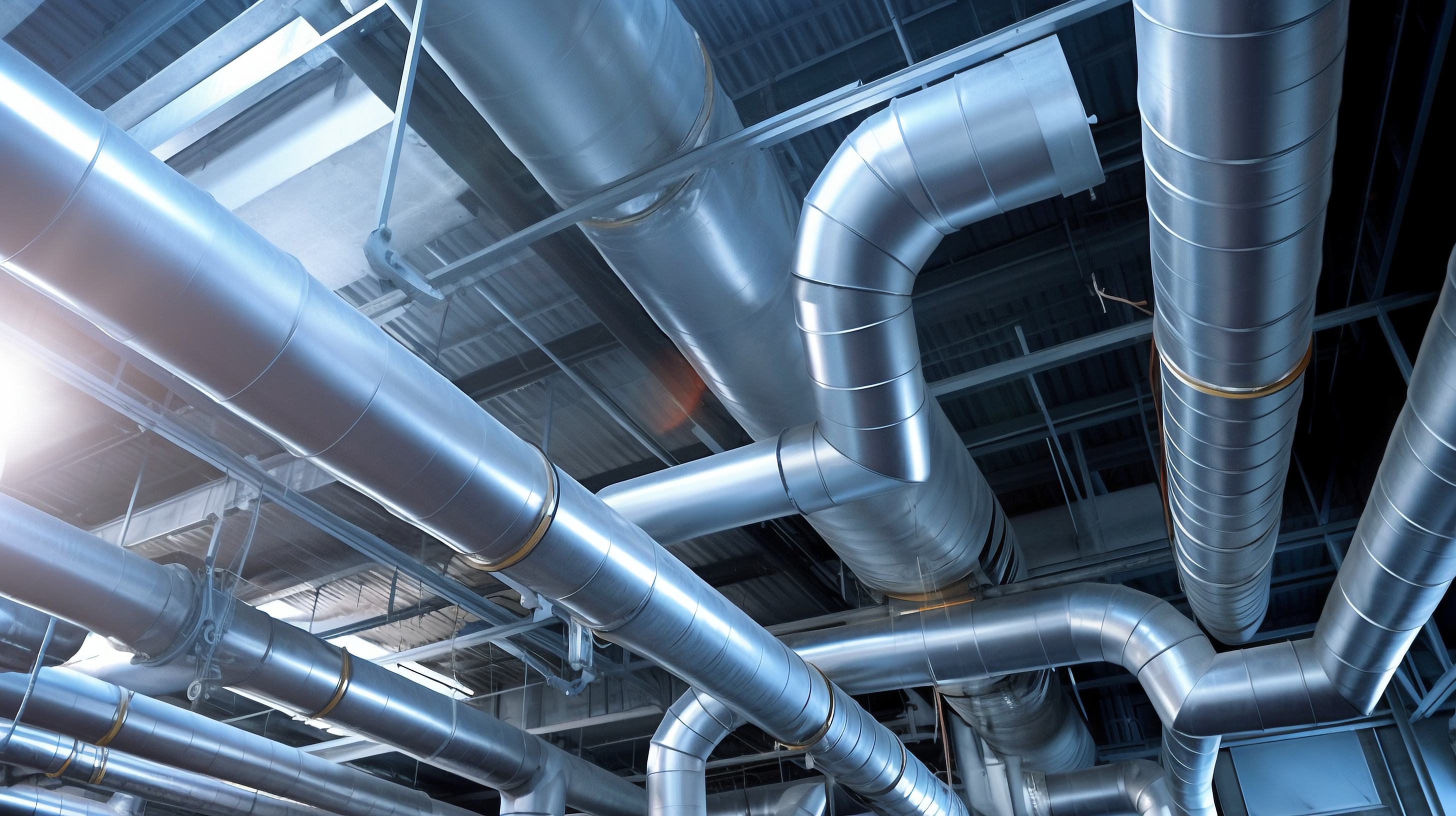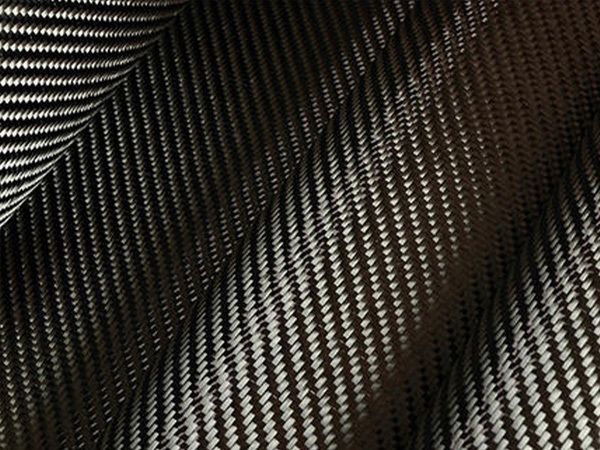+86-13732282311
merlin@xcellentcomposites.com
Let the world benefit from composite materials!
Properties and Preparation of Ceramic Fiber
Ceramic materials possess advantages such as high melting points, high hardness, excellent wear resistance, and oxidation resistance. Alongside metallic and polymer materials, they are considered one of the three major solid materials today. Based on their properties and applications, ceramics can be classified into structural ceramics and functional ceramics.
- Structural Ceramics: These materials are characterized by high-temperature resistance, good chemical stability, corrosion resistance, high strength, high hardness, and good thermal conductivity. Structurally, they are categorized into three types: oxide ceramics, non-oxide ceramics, and ceramic matrix composites.
- Functional Ceramics: These ceramics are utilized for their non-mechanical properties and are widely applied in biotechnology, aerospace, and energy development.
As an essential type of ceramic material, ceramic fibers have attracted significant research attention. They effectively prevent crack propagation in ceramics under stress. Combining ceramic fibers with a matrix to create fiber-reinforced ceramic matrix composites is an effective way to enhance ceramic toughness. Continuous ceramic fibers, a crucial component of these composites, are notable for their high toughness and strength, drawing widespread interest globally.
Since their first application in the aerospace industry in the 1940s, ceramic fibers have become a focal point in industrial applications. By the 1950s, they had entered industrial-scale production. Research on ceramic fibers in China began in the early 1970s, with fabrication techniques maturing by the early 1990s.
With multiple preparation methods available, ceramic fibers offer advantages such as high-temperature resistance, excellent thermal stability, lightweight properties, low thermal conductivity, low specific heat capacity, and resistance to mechanical vibrations. As a result, they have been widely adopted across industries, including machinery, metallurgy, chemical processing, petroleum, ceramics, glass, and electronics.
This paper focuses on the preparation methods and properties of ceramic fibers, providing insights into their future development and research directions.
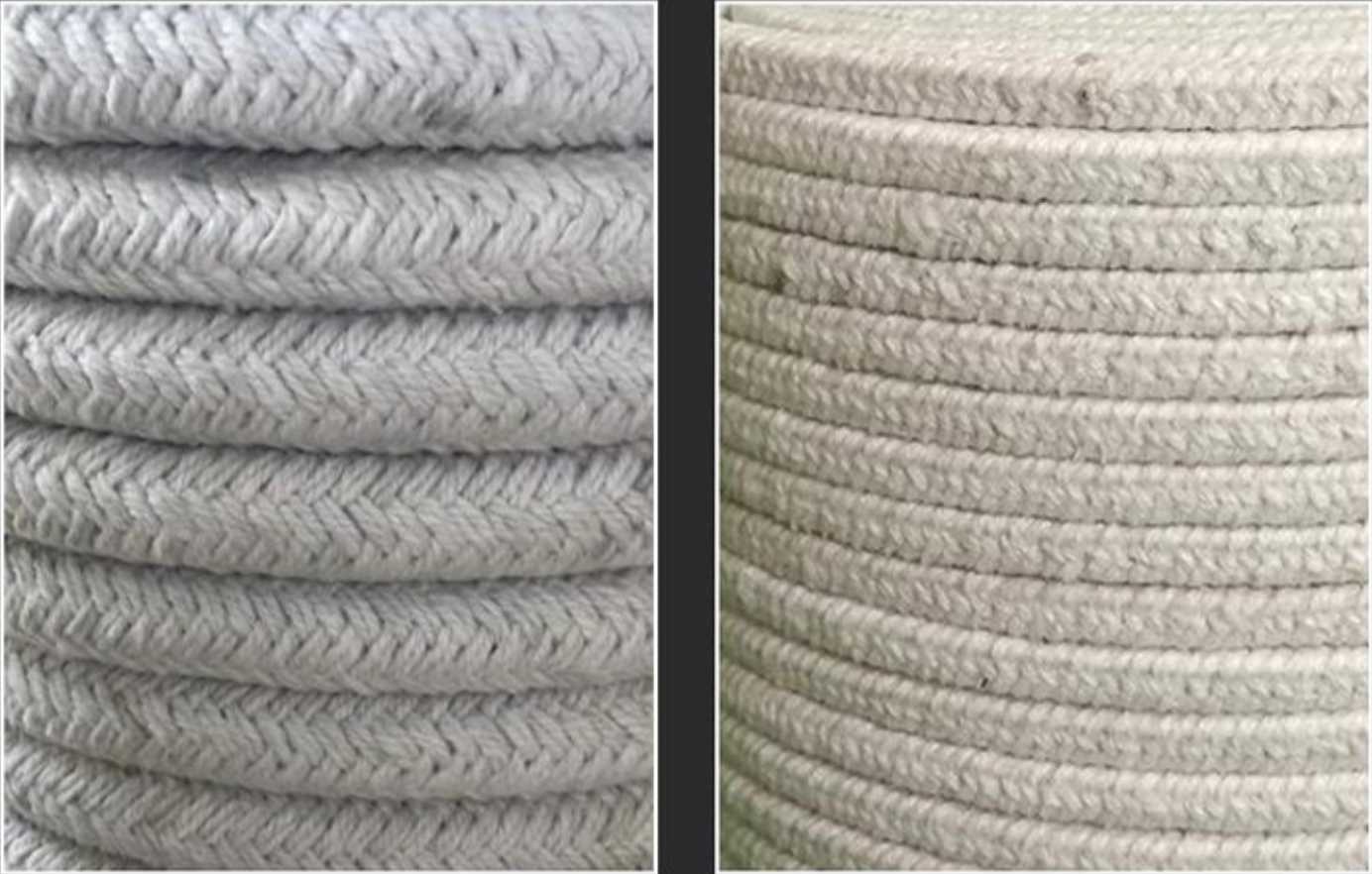
1. Properties and Applications of Ceramic Fibers
1.1 Types of Ceramic Fibers
Ceramic fibers are lightweight, fibrous refractory materials with a fiber length ranging from 100 to 250 mm and a diameter of 2 to 5 µm. These fibers are known for their low weight, high-temperature resistance, low heat capacity, and excellent thermal insulation properties, making them widely used in aerospace and petrochemical industries.
Ceramic fibers can be classified based on different criteria:
By microstructure:
- Crystalline fibers
- Glassy fibers (e.g., SiO₂ and Al₂O₃ as typical examples)
By chemical composition:
- Oxide fibers
- Non-oxide fibers (e.g., SiC and Si₃N₄)
By operating temperature:
- Low-grade ceramic fibers (800–1100°C)
- Medium-grade ceramic fibers (1100–1300°C)
- High-grade ceramic fibers (1300–1500°C)
1.2 Applications of Ceramic Fibers
Thermal Insulation Materials
Ceramic fibers can withstand temperatures up to 1500°C and offer excellent thermal insulation due to their unique structure composed of solid fibers and air pockets. This structural composition significantly improves heat resistance while addressing the poor toughness of conventional refractory materials. As a result, ceramic fiber products are widely used in industrial furnace walls and construction materials.
High-Temperature Filtration Materials
Due to their large specific surface area and high filtration efficiency, ceramic fiber-based filters offer superior thermal stability, chemical stability, and thermal shock resistance. These properties make ceramic fibers highly applicable in air purification, wastewater treatment, and flue gas filtration.
Sound Absorption and Noise Insulation Materials
Ceramic fibers exhibit excellent sound-absorbing and noise-insulating properties. When sound waves pass through the material, they interact with the air trapped in the fiber pores, causing energy dissipation through viscous friction and thermal conduction. These properties make ceramic fibers highly suitable for construction and transportation applications.
Catalyst Carrier Materials
Ceramic fibers offer a large specific surface area, high porosity, and excellent catalytic efficiency, making them ideal for use as catalyst carriers in diffusion-controlled reactions. The low diffusion resistance of ceramic fiber-based catalysts enhances reaction efficiency, highlighting their great potential in catalytic applications.
Reinforcement and Toughening Materials
One of the major drawbacks of ceramics is their brittleness. However, ceramic fibers effectively enhance toughness, making them an ideal reinforcement material. Commonly used reinforcing ceramic fibers include Al₂O₃ long fibers and SiC long fibers, which are also applied in metal reinforcement.
New Functional Materials
Thanks to their diverse advantages, ceramic fibers are finding applications in emerging fields such as:
- High-temperature superconducting materials
- Far-infrared fibers
- Conductive fibers
These developments open up new possibilities for the use of ceramic fibers in advanced materials and technology applications.
2. Typical Types of Ceramic Fibers
There are multiple methods for preparing ceramic fibers, including:
- Melt Spinning
- Extrusion Spinning
- Solution Impregnation
- Sol-Gel Method
- Chemical Vapor Reaction
- Chemical Vapor Deposition (CVD)
- Electrospinning
- Solution Blow Spinning
- Polymer Conversion
- Hydrothermal Synthesis
Using these methods, various types of ceramic nanofibers can be produced. Ceramic fibers are mainly classified into oxide ceramic fibers and non-oxide ceramic fibers. Below are some key types of ceramic nanofibers.
2.1 Oxide Ceramic Fibers
2.1.1 Zirconia (ZrO₂) Nanofibers
Zirconia (ZrO₂) has an ultra-high melting point of 2700°C and remains stable even at 1900°C, showing excellent chemical stability and resistance to reactions with molten metals like aluminum, platinum, iron, and nickel. It also possesses:
- High electrical resistance
- High refractive index
- Corrosion resistance
- Low thermal expansion coefficient
ZrO₂ exists in three crystalline phases that transition at different temperatures:
- Monoclinic (low temperature)
- Tetragonal (above 1100°C)
- Cubic (above 1900°C)
However, during cooling, zirconia undergoes 8% volume expansion, causing structural instability. To prevent this, stabilizers such as Y₂O₃, CaO, and MgO are added.
Preparation Methods
In 1996, Oppermann et al. successfully synthesized continuous ZrO₂ fibers using the following method:
- Hydrolysis of zirconium isopropoxide to produce ZrO₂ precipitate.
- The precipitate was washed, filtered, and dissolved in hydrochloric acid to form a zirconia sol.
- The sol was mixed with yttrium acetate and PVA, followed by centrifugation and filtration, yielding ZrO₂ continuous fibers.
However, ZrO₂ fibers are often short and thick, limiting their applications beyond thermal insulation.
Electrospinning for ZrO₂ Nanofibers
A more advanced technique combining electrospinning and sol-gel processing produces thin, continuous ZrO₂ nanofibers.
Shao et al. used PVA and zirconium oxychloride as precursors to create 50–200 nm ZrO₂ nanofibers.
Wang et al. applied blow spinning to create ZrO₂ nanofiber sponges with superior mechanical performance.
Rodriguez-Mirasol et al. used PVP and zirconium acetate with electrospinning to produce ZrO₂ nanofibers for catalytic applications.
2.1.2 Barium Titanate (BaTiO₃) Nanofibers
Barium titanate (BaTiO₃) is widely used in electronic ceramics due to its exceptional properties. It is a lead-free piezoelectric ceramic, among the earliest and most commercially used electronic ceramics.
Structural Properties
Crystalline Structure: ABO₃ perovskite structure
Two crystal phases:
- Tetragonal (low temperature)
- Cubic (above Curie temperature)
Key Properties:
- Low dielectric loss
- High dielectric constant
- Ferroelectricity and piezoelectricity
Preparation Methods
Sol-Gel Method:
- Lu et al. successfully synthesized BaTiO₃ fibers with oval cross-sections and diameters of 5–10 μm.
However, this method yields fibers with low density and weak toughness, limiting their mechanical performance.
Researchers improved fiber density by doping with elements like calcium and magnesium.
Electrospinning + High-Temperature Sintering:
- Jiang et al. synthesized BaTiO₃ nanofibers and studied morphology changes under different sintering conditions.
- Yuh et al. used barium acetate and tetrabutyl titanate, producing BaTiO₃ nanofibers 80–190 nm in diameter via electrospinning.
2.1.3 Zinc Oxide (ZnO) Nanofibers
Zinc oxide (ZnO) naturally forms a wurtzite (hexagonal) structure and has significant electronic and optical properties.
Key Features
- High exciton binding energy
- Direct bandgap (3.37 eV)
- Excellent piezoelectric and pyroelectric properties
- Superior thermal conductivity and hardness
- Strong electromechanical coupling
Applications
- Smart dampers and sensors
- UV detectors
- Optoelectronics
Preparation Methods
1.Template-Assisted Growth
ZnO is deposited in a controlled constrained environment, and templates are later removed.
Li et al. synthesized 15–90 nm ZnO fiber arrays using this method.
Drawback: Hard to precisely control fiber composition, and template removal may damage fiber morphology.
2.Vapor Phase Growth
Common methods:
- Thermal evaporation
- Vapor-Liquid-Solid (VLS) growth
- Chemical Vapor Deposition (CVD)
Wang et al. created various ZnO nanostructures via thermal sublimation.
Yang et al. synthesized comb-like ZnO nanostructures via chemical vapor transport and condensation.
Drawbacks:
High reaction temperature
Difficult catalyst selection
Possible contamination from catalysts
3.Solution-Based Methods
Low-energy process, widely used.
Wang et al. synthesized multiple ZnO morphologies at 75–90°C.
4.Electrospinning
First applied to ZnO nanofibers in 2004.
Yang & Viswanathamurthi used zinc acetate and PVA to produce continuous ZnO nanofibers.
Wang et al. achieved high-uniformity ZnO nanofibers (~150 nm diameter).
2.1.3.2 ZnO Nanofiber Modifications
To expand ZnO applications, researchers focus on three modification methods:
1.Doping
Types of doping:
- Donor impurities (n-type conductivity)
- Acceptor impurities (p-type conductivity)
- Rare-earth doping (optical properties enhancement)
- Transition metal doping (magnetic properties)
Common dopants: Al, In, Sn
2.Surface Modification
Enhances surface reactivity and spectral response range.
Used for UV detectors, photodetectors, gas sensors, and antibacterial coatings.
3.Composites
ZnO composite nanofibers improve optical, electrical, and catalytic performance.
Types:
- ZnO-metal composites
- ZnO-polymer composites
- ZnO-semiconductor composites
Structures: Core-shell, heterojunction, coated structures.
2.1.4 Aluminum Oxide (Al₂O₃) Nanofibers
2.1.4.1 Properties of Al₂O₃ Nanofibers
Aluminum oxide (Al₂O₃) fibers are a type of high-performance inorganic fiber. They are categorized into:
Long fibers (continuous fibers)
- Short fibers
- Whiskers
Long Fibers (Continuous Fibers)
- Possess high tensile strength.
- Offer excellent high-temperature resistance, corrosion resistance, and low thermal conductivity.
- Can be produced from metal oxide powders, inorganic salts, water, and polymers.
- Easy to manufacture with low equipment requirements.
Short Fibers
- Composed of microcrystals, combining both crystalline and fibrous properties.
- Exhibit excellent resistance to thermal shock, making them ideal for high-temperature insulation materials.
Whiskers
- Primarily used in functional materials due to their unique properties.
2.1.4.2 Preparation Methods of Al₂O₃ Nanofibers
There are multiple preparation methods for Al₂O₃ nanofibers, including:
(1) Melt Spinning Method
Produces fibers with low Al₂O₃ content.
Process:
- An inorganic oxide is melted using electric heating.
- The molten material is spun into Al₂O₃ nanofibers.
Advantages:
- Simple, low-cost, and easy to operate.
- No high-temperature sintering required, preventing grain growth.
Disadvantages:
- As Al₂O₃ content increases, the viscosity of the melt rises, making fiber formation difficult.
(2) Sol-Gel Method
Process:
- Aluminum alkoxides or inorganic salts serve as raw materials.
- Organic acids act as catalysts to form a sol solution.
- The sol is processed into fibers using different spinning techniques.
- Heat treatment converts the gel fibers into Al₂O₃ ceramic fibers.
Advantages:
- Produces uniform diameter fibers with high mechanical strength.
Example:
Cao et al. successfully synthesized uniform, high-strength Al₂O₃ fibers using this method.
(3) Impregnation Method
Uses hydrophilic viscose fibers as the fiber matrix.
The matrix is immersed in a solution containing inorganic aluminum salts.
After drying, sintering, and weaving, Al₂O₃ fibers are obtained.
Advantages:
- Can produce fibers of various morphologies with high strength.
Disadvantages:
- High production costs, limiting large-scale applications.
(4) Slurry Method (DuPont Method)
Process:
Aluminum oxide powder is dispersed in water.
Dispersants, rheology modifiers, and sintering aids are added to form a uniform slurry.
The slurry is extruded into fibers, dried, and sintered to form Al₂O₃ fibers.
Example:
- Mitsui Mining in Japan used this method to manufacture 95% Al₂O₃ continuous fibers.
Advantages:
- Produces uniformly sized nanofibers with relatively large diameters.
(5) Electrospinning Method
- Panda et al. successfully synthesized 20–50 nm porous Al₂O₃ nanofibers using electrospinning.
- Azad et al. combined electrospinning and high-temperature sintering to produce high-purity α-Al₂O₃ fibers (~150 nm in diameter).
2.1.5 Solid Electrolyte Ceramic Fibers
Solid electrolytes have:
- High ionic conductivity
- Good chemical stability
- Excellent compatibility with electrode materials
These materials are crucial for solid-state batteries, enhancing:
- Battery lifespan
- Energy density
- Safety (compared to organic liquid electrolytes)
Advantages of 1D Nanofibers in Solid Electrolytes
- Act as efficient electron transport pathways.
- High surface area increases contact between the electrode and electrolyte, reducing charging/discharging time.
- Can accommodate volume expansion, improving battery cycle life and preventing degradation.
Common Solid Oxide Electrolytes
- Garnet-type structures
- Perovskite-type structures
Notable Research
- Fu et al. used electrospinning and high-temperature sintering to prepare LLZO (Lithium Lanthanum Zirconium Oxide) nanofibers.
- They created the first 3D lithium-ion conductive ceramic network, which has exceptional performance in lithium-ion batteries and energy storage systems.
- Liu et al. developed LLTO (Lithium Lanthanum Titanate) composite nanoceramic fibers.
- By arranging LLTO nanofibers in a parallel structure, they significantly improved ionic conductivity in solid electrolytes.
2.2 Non-Oxide Ceramic Fibers
Silicon carbide (SiC) nanofibers are a representative type of non-oxide ceramic fiber. This section details the properties and preparation methods of SiC nanofibers.
2.2.1 Properties of SiC Nanofibers
Silicon carbide fibers, composed of carbon and silicon, are high-performance ceramic materials. They are classified into:
- Continuous SiC fibers
- SiC whiskers
Key Properties of SiC Nanofibers
High fiber strength
Excellent chemical corrosion resistance
Superior high-temperature resistance
High modulus
SiC fiber-reinforced ceramic matrix composites are an important class of advanced ceramic materials, widely used in high-tech industries, including:
- Aerospace: Used as thermal structure materials and thermal protection materials for spacecraft.
- High-Performance Engines: Used in thermal structural components of high-temperature engines.
- Nuclear Fusion Reactors: SiC fibers are used as first-wall materials in nuclear fusion devices.
- Civilian Applications: Found in various industrial applications.
2.2.2 Preparation Methods of SiC Nanofibers
There are multiple methods to synthesize SiC nanofibers, including:
(1) Chemical Vapor Deposition (CVD)
The earliest method for synthesizing SiC nanowires.
Produces high-purity SiC fibers with excellent thermal stability and creep resistance.
However, CVD SiC fibers are difficult to incorporate into composite materials.
Example:
In 1990, Shi Nanlin and colleagues at the Chinese Academy of Sciences successfully synthesized SiC nanofibers via CVD.
The resulting fibers had a protective coating, reducing surface damage sensitivity, thus enhancing mechanical performance.
(2) Precursor Conversion Method
First developed in 1975 by Professor Yajima’s team at Tohoku University, Japan.
Involves four key steps:
- Precursor synthesis
- Melt spinning
- Non-melting treatment
- High-temperature sintering
Example:
The National University of Defense Technology (China) successfully developed SiC fibers with excellent mechanical properties using this method.
(3) Activated Carbon Fiber Conversion Method
Produces SiC fibers with tensile strength exceeding 1000 MPa.
Process:
- Organic fibers are treated to obtain activated carbon fibers.
- The carbon fibers react with gaseous silicon oxide, converting them into SiC fibers.
- The resulting SiC fibers undergo heat treatment, forming SiC nanofibers.
(4) Electrospinning Method
- Li et al. successfully synthesized SiC nanofibers with hollow structures using electrospinning.
- Wang et al. used TEOS (tetraethyl orthosilicate) as a silicon source and PVP (polyvinylpyrrolidone) as a spinning aid, producing 200 nm continuous SiC nanofibers.
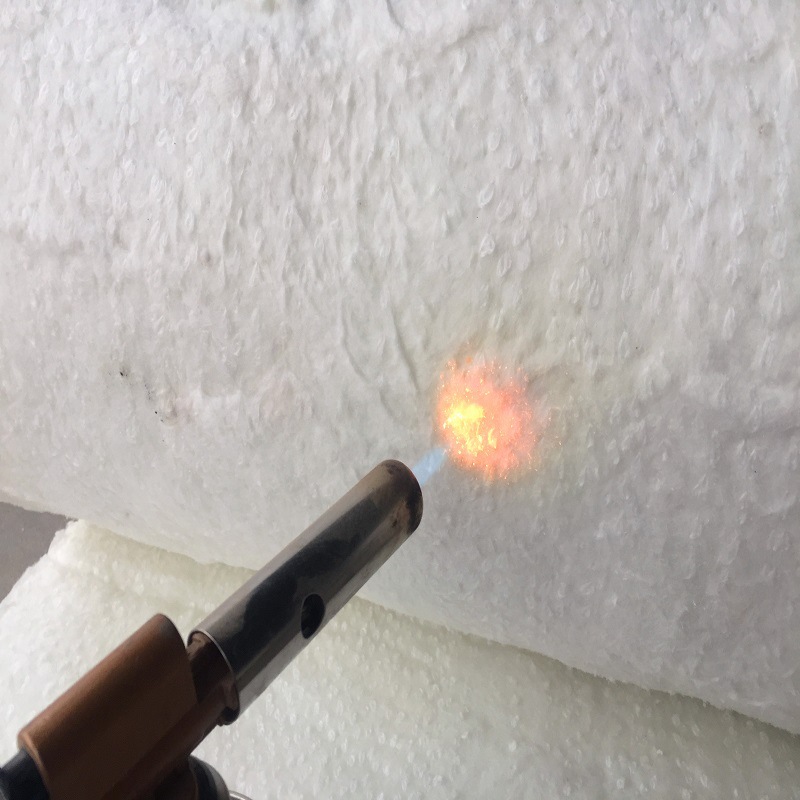
3. Future Outlook
With continuous technological advancements and industrial development, ceramic fibers are finding increasing applications in aerospace, military, and civilian industries. However, current ceramic fiber products have simple structures and relatively low cost, limiting their potential.
Key Future Developments:
1.Improving Ceramic Fiber Manufacturing Processes
Optimizing fiber synthesis techniques will be critical for enhancing fiber performance.
2.Incorporating Nanotechnology
As a key 21st-century technology, nanotechnology can significantly enhance ceramic fiber performance.
3.Miniaturization & Performance Enhancement
Reducing fiber diameters to the nanoscale can significantly improve mechanical and thermal properties.
This will enable wider application in advanced materials and nanotechnology-based industries.
Conclusion
The continued development of ceramic fibers promises exciting prospects and broad applications across multiple industries.
Read More: The Art and Science of Composite Stitching and Carbon Fiber Stitching
Popular Composite Materials
Popular Composite Materials
Composites Knowledge Hub
Composites Knowledge Hub

